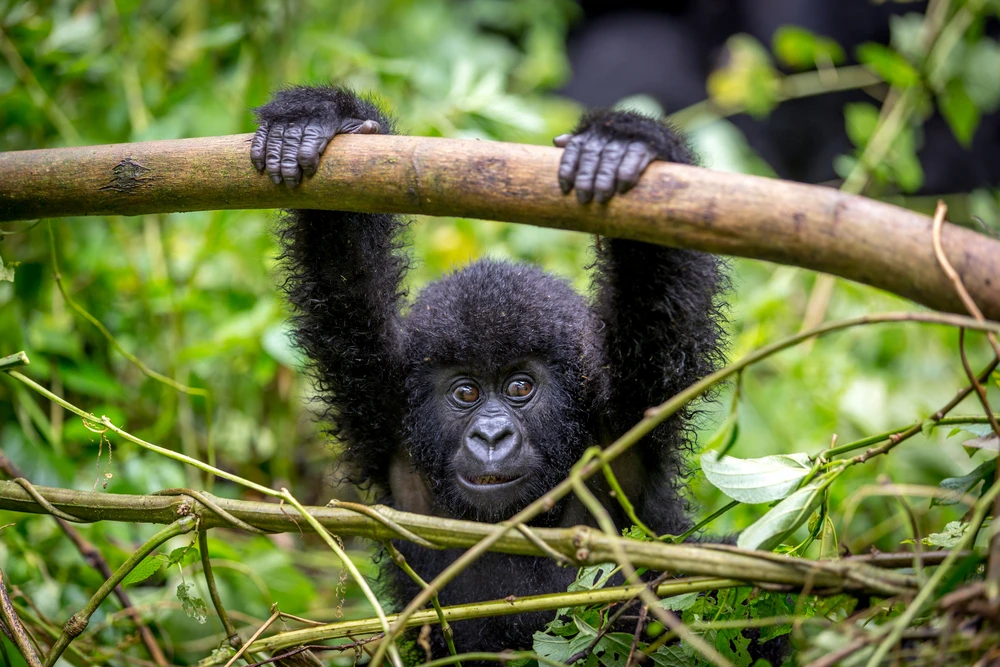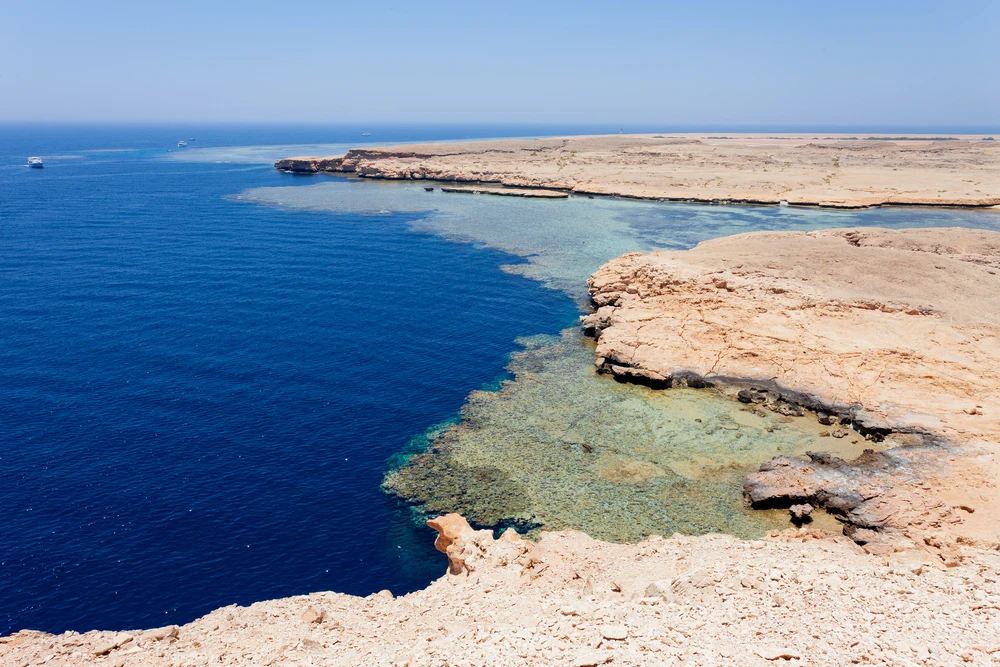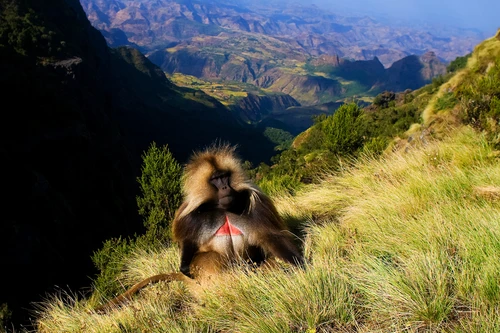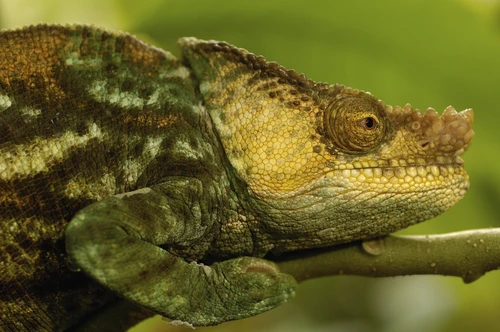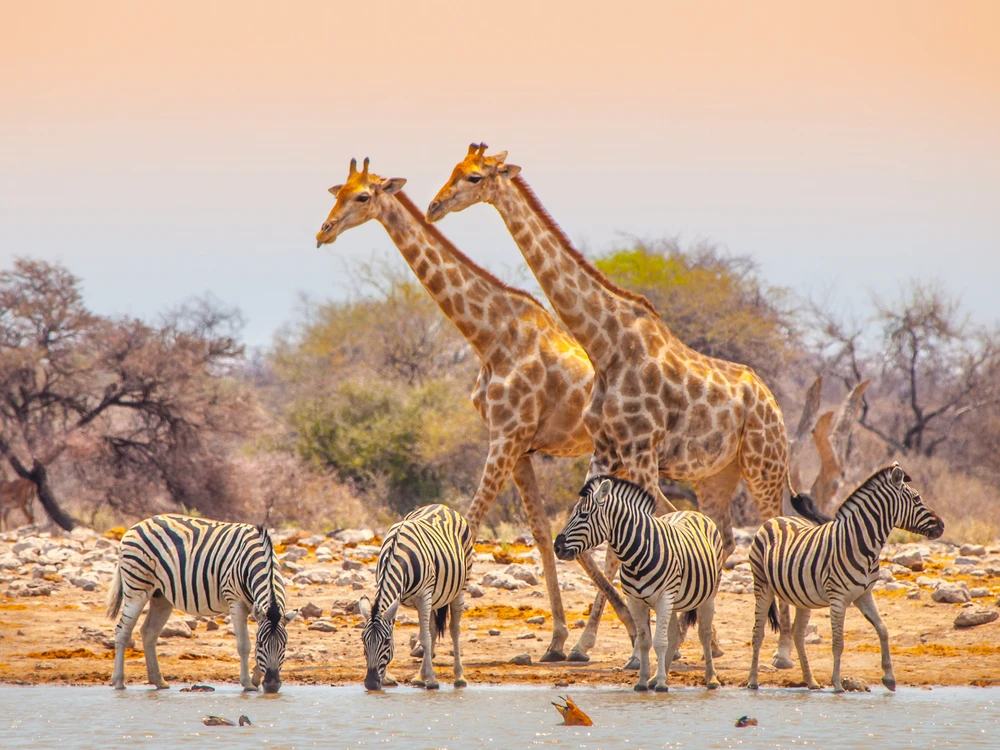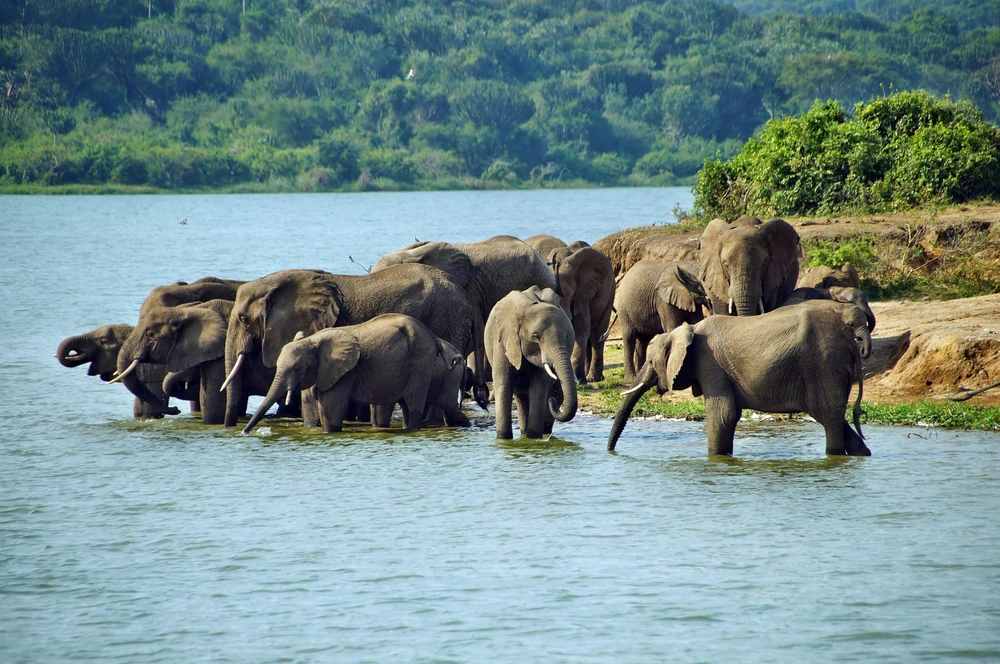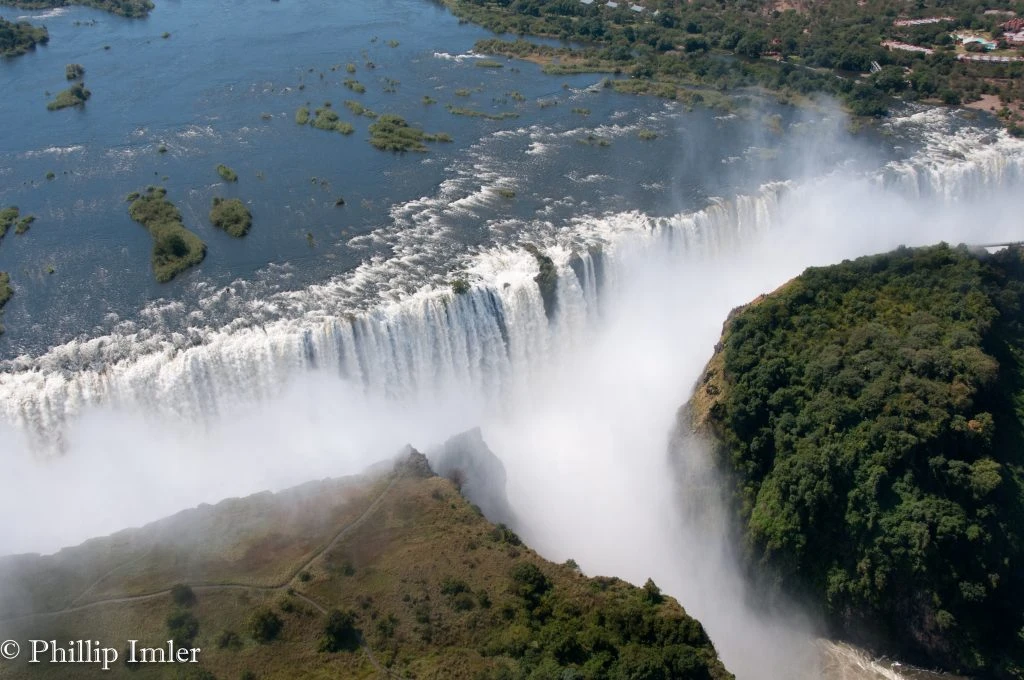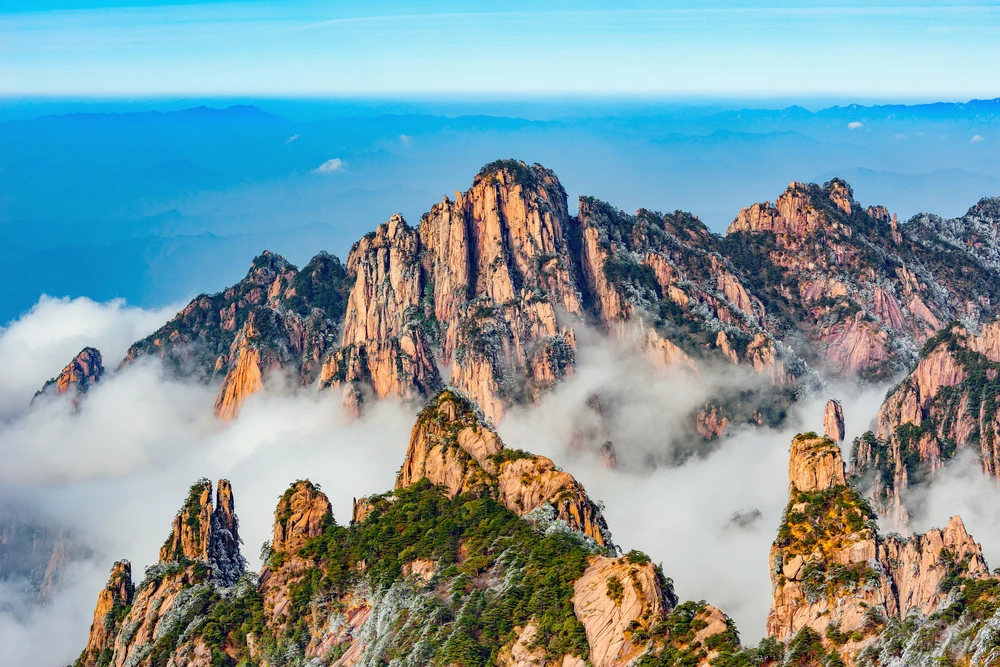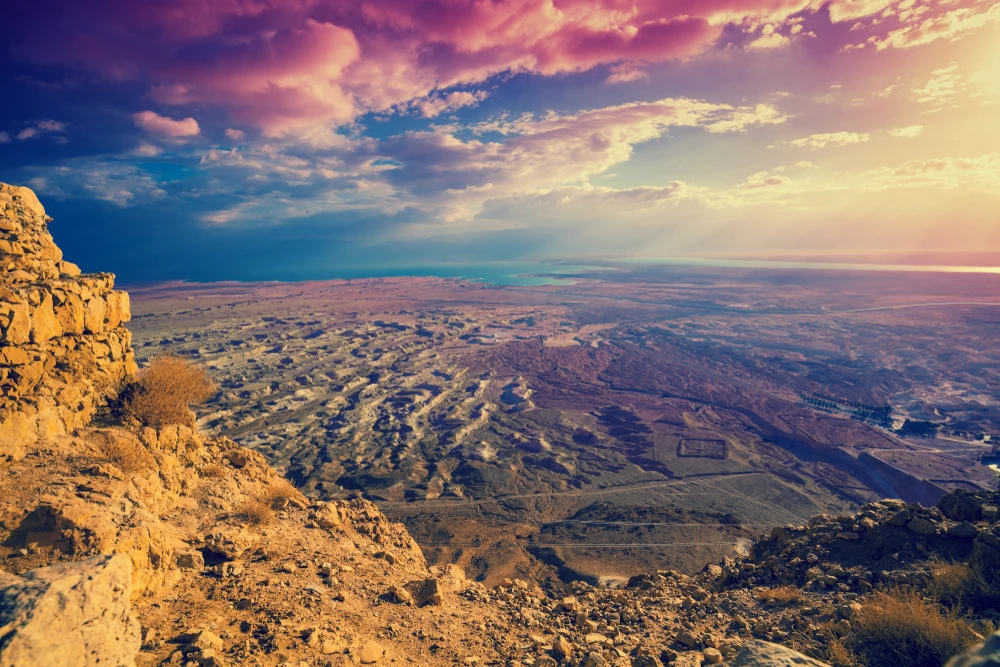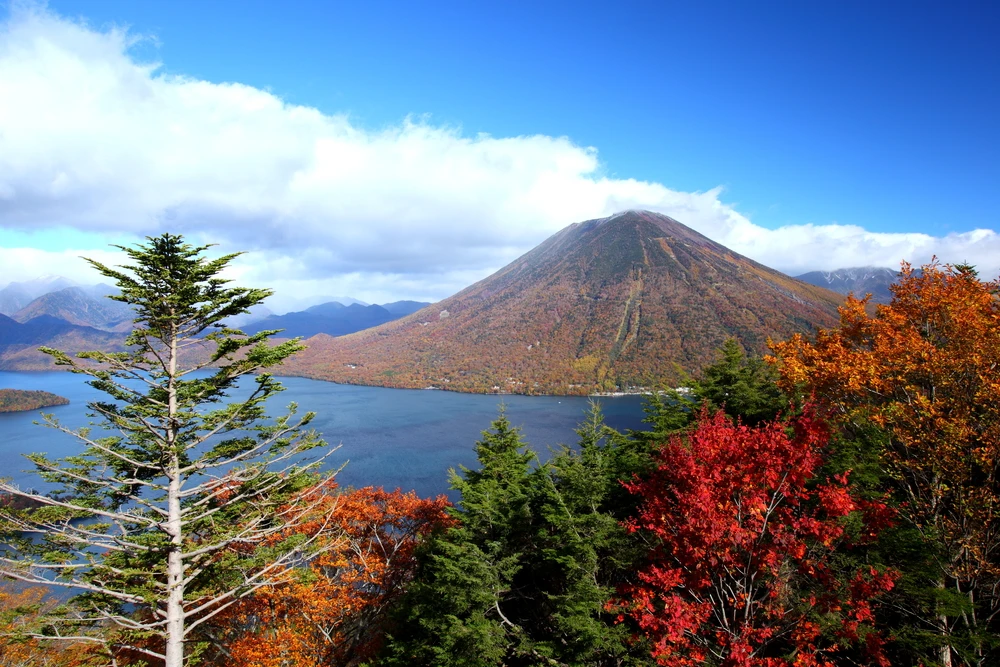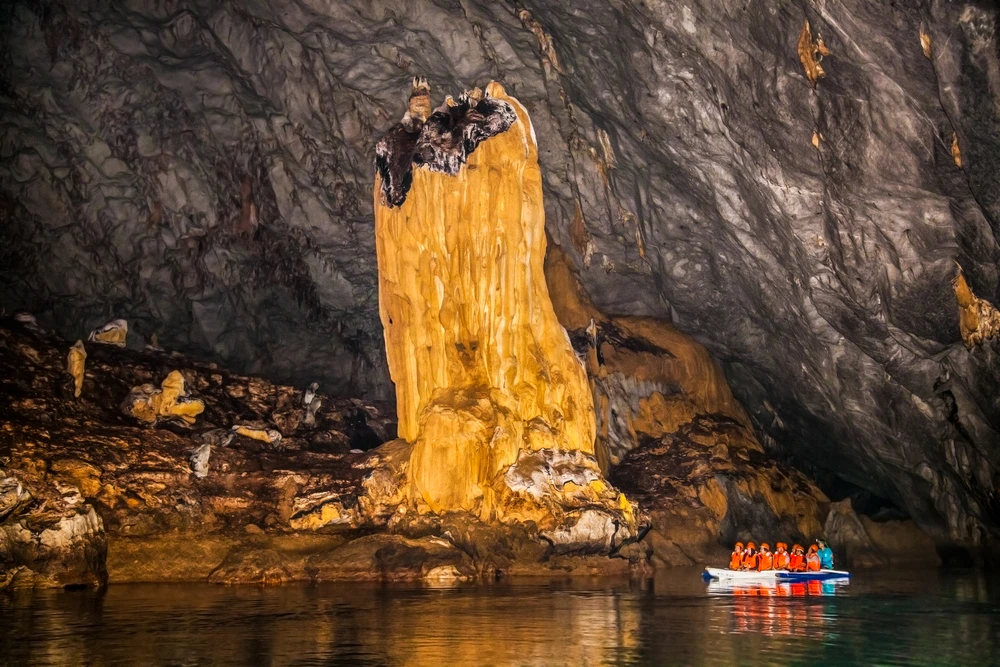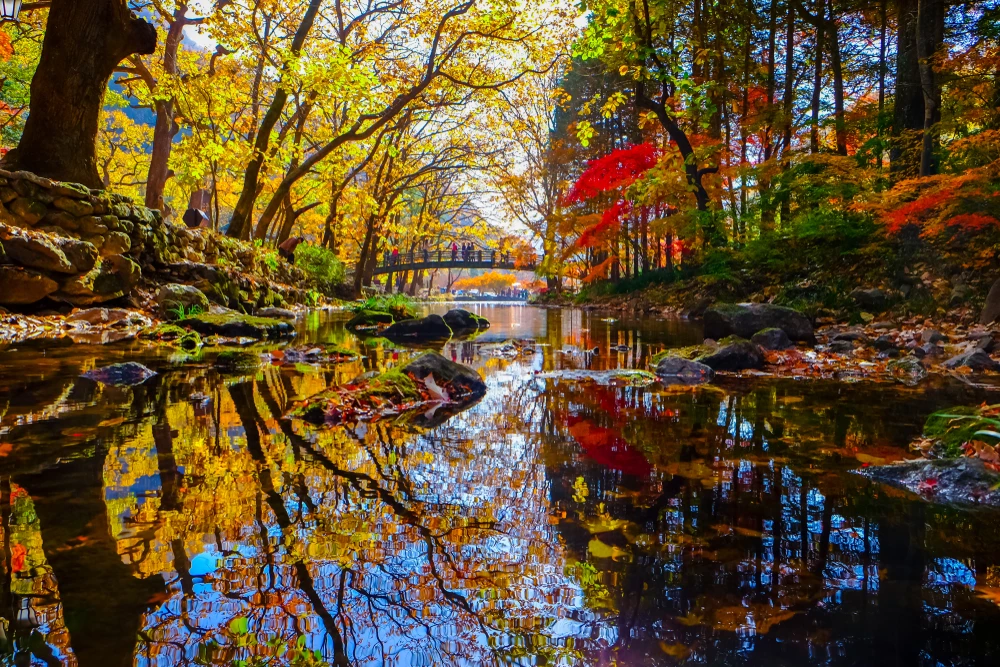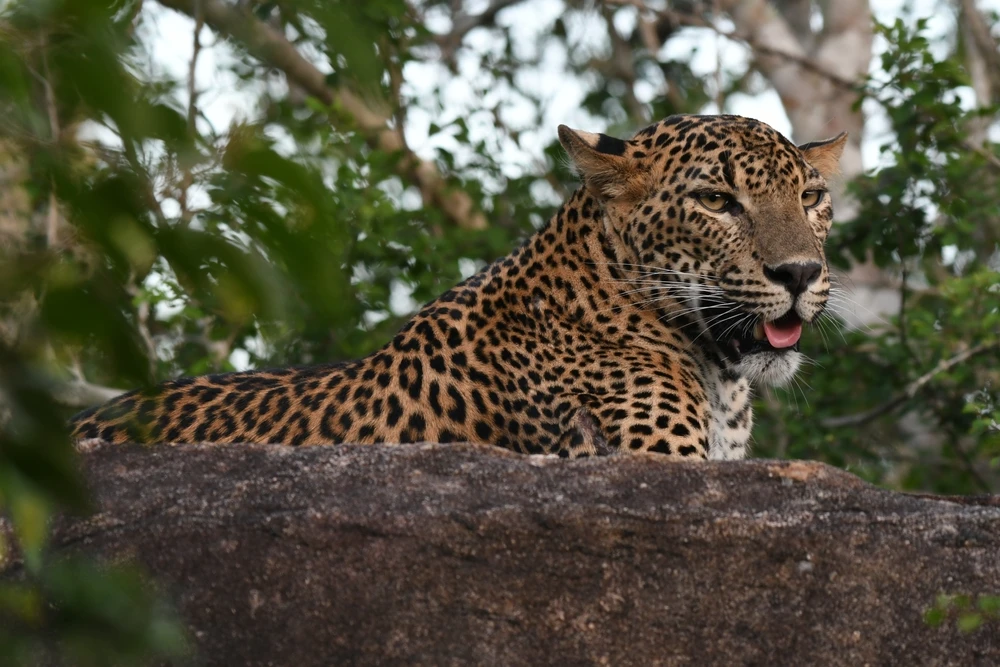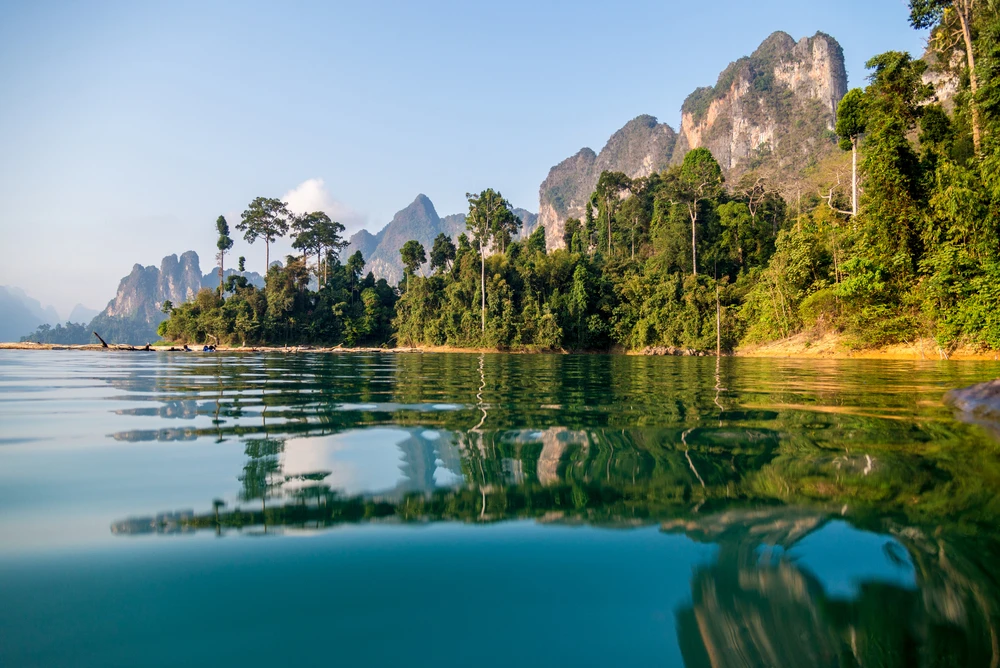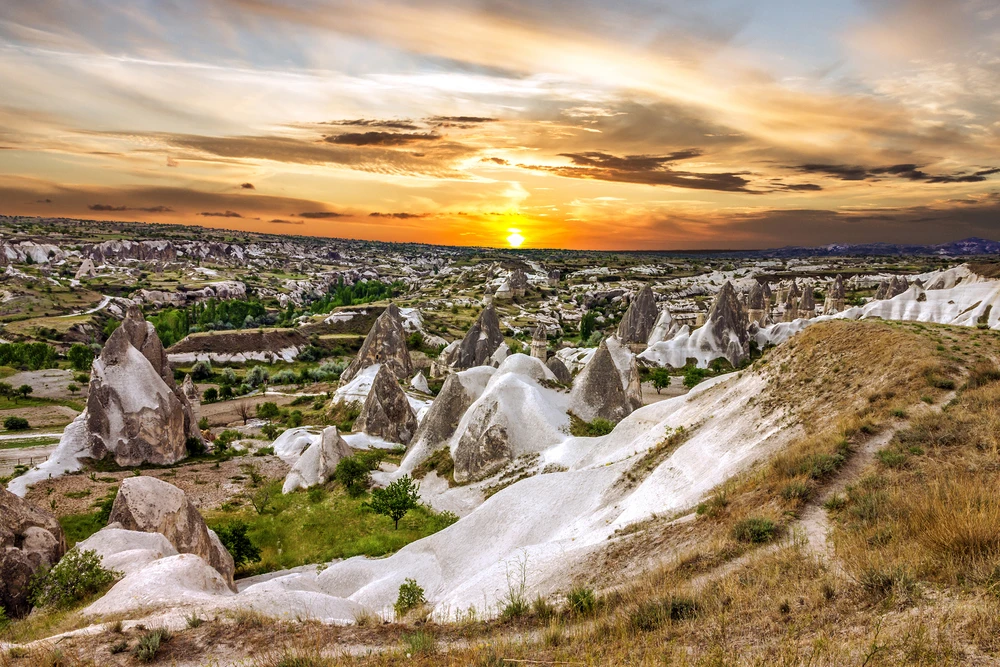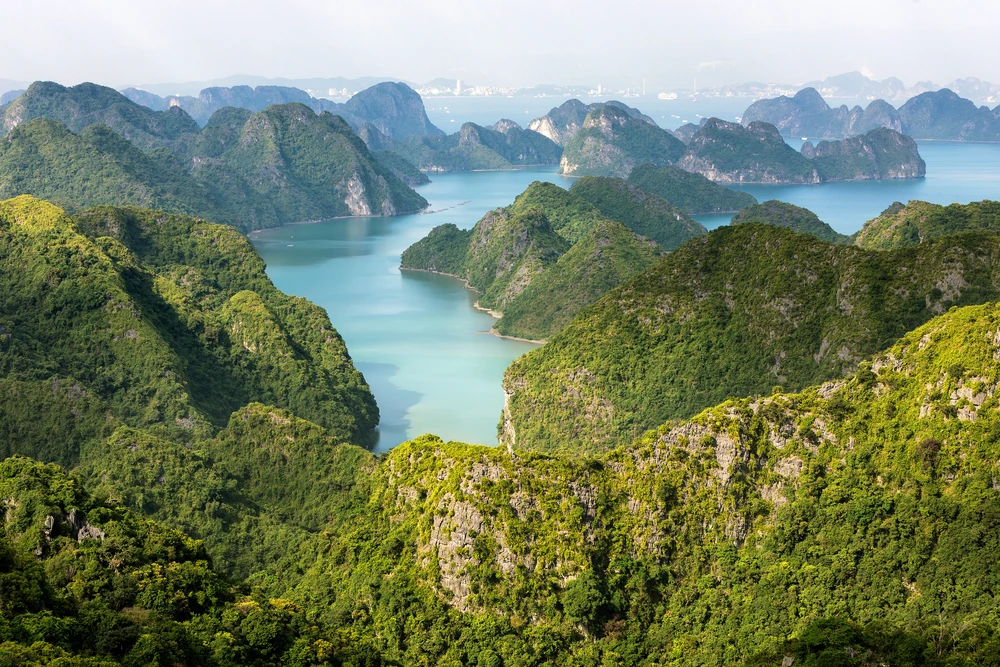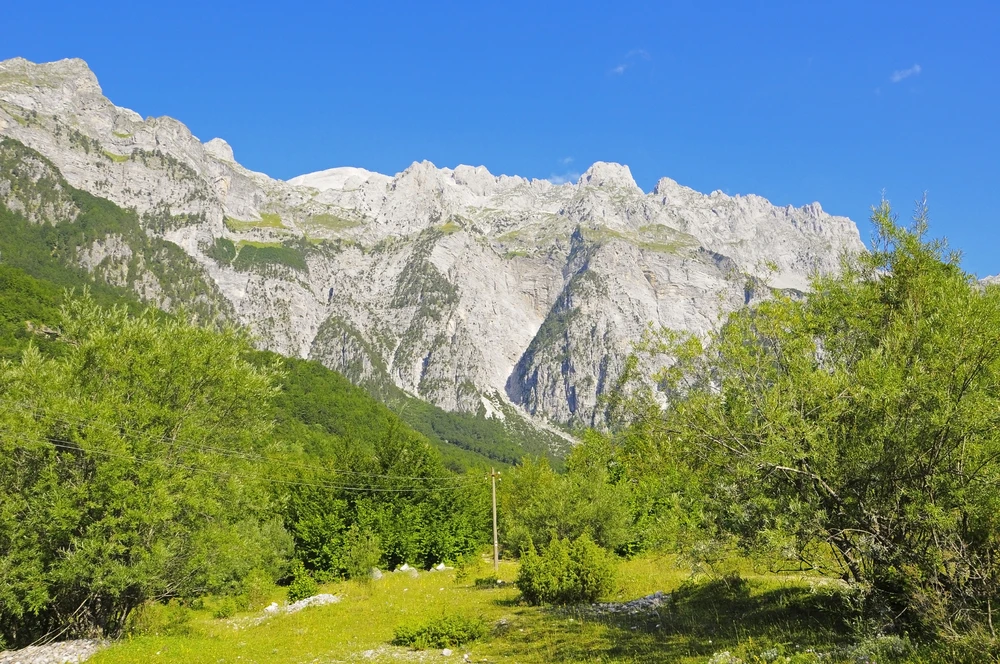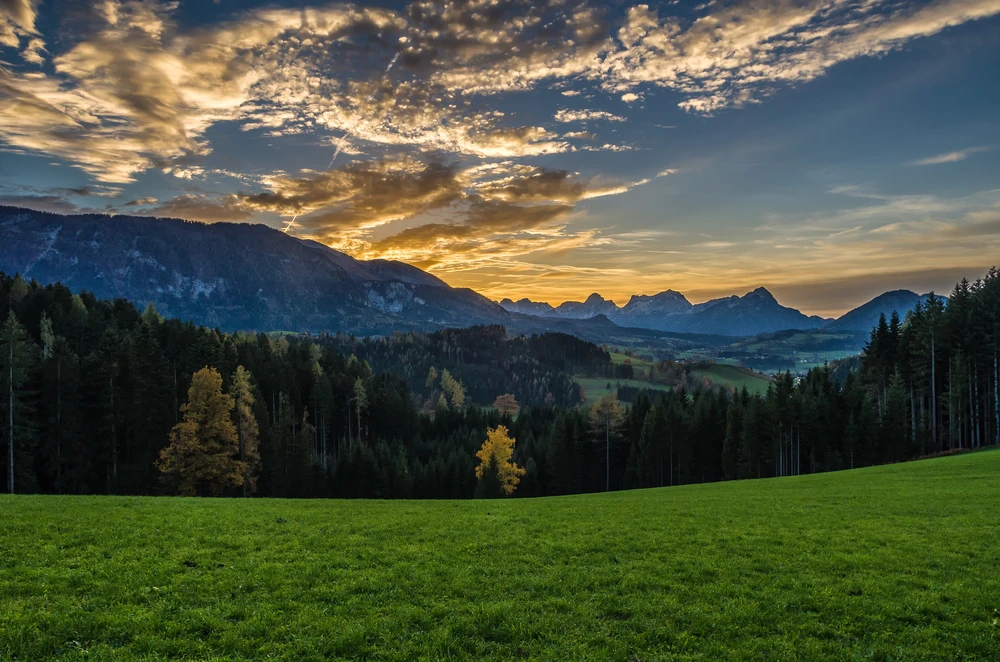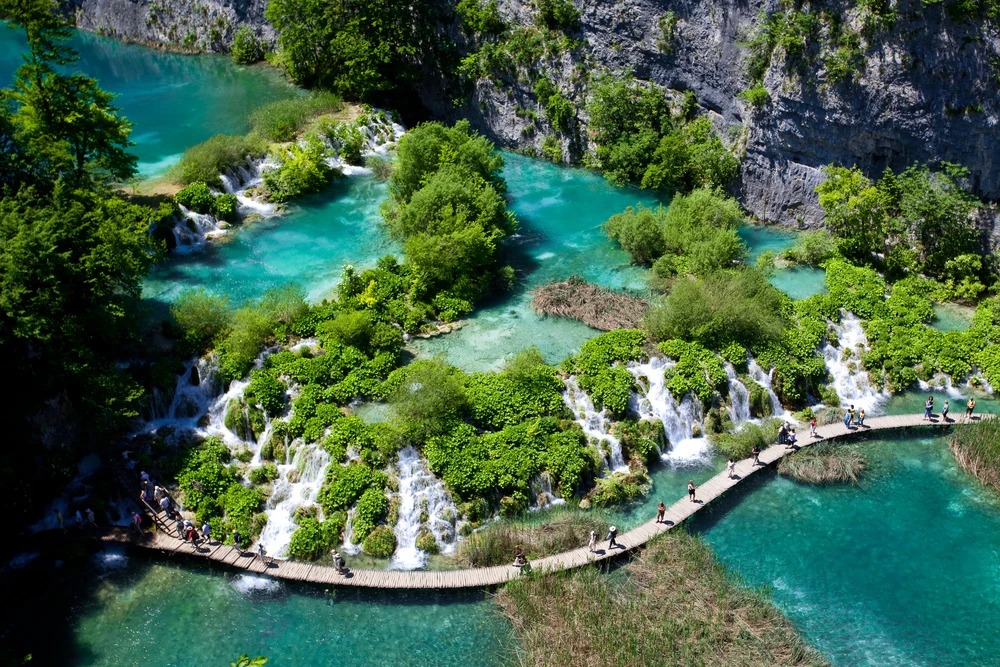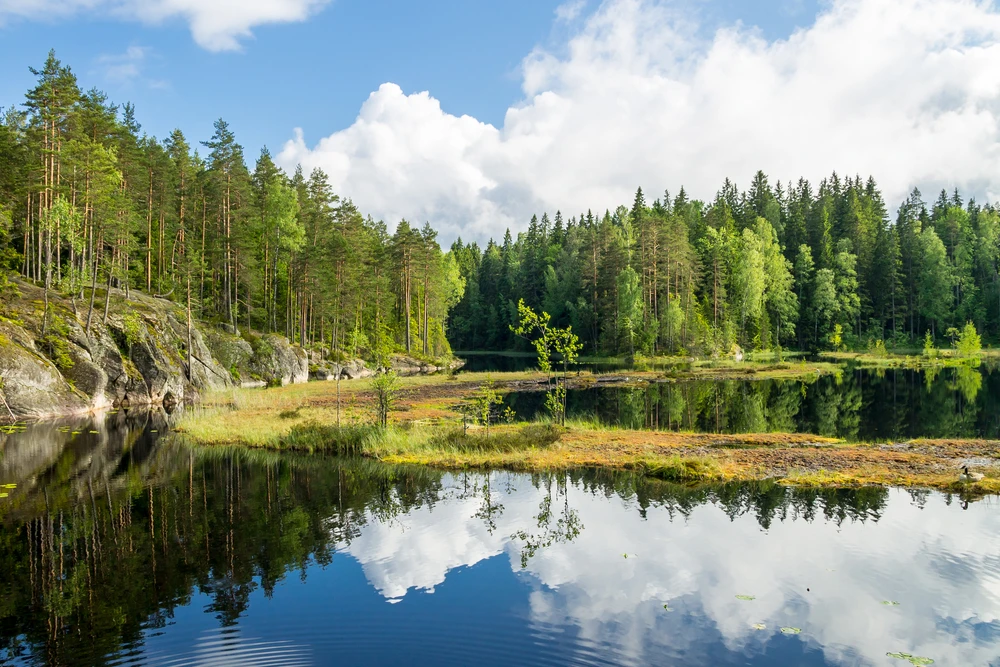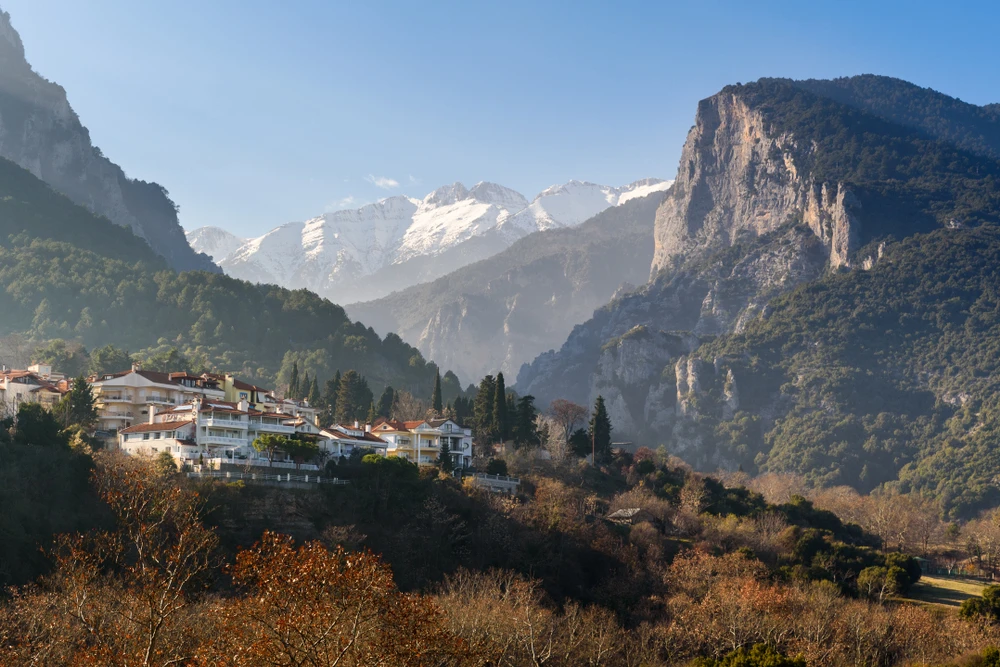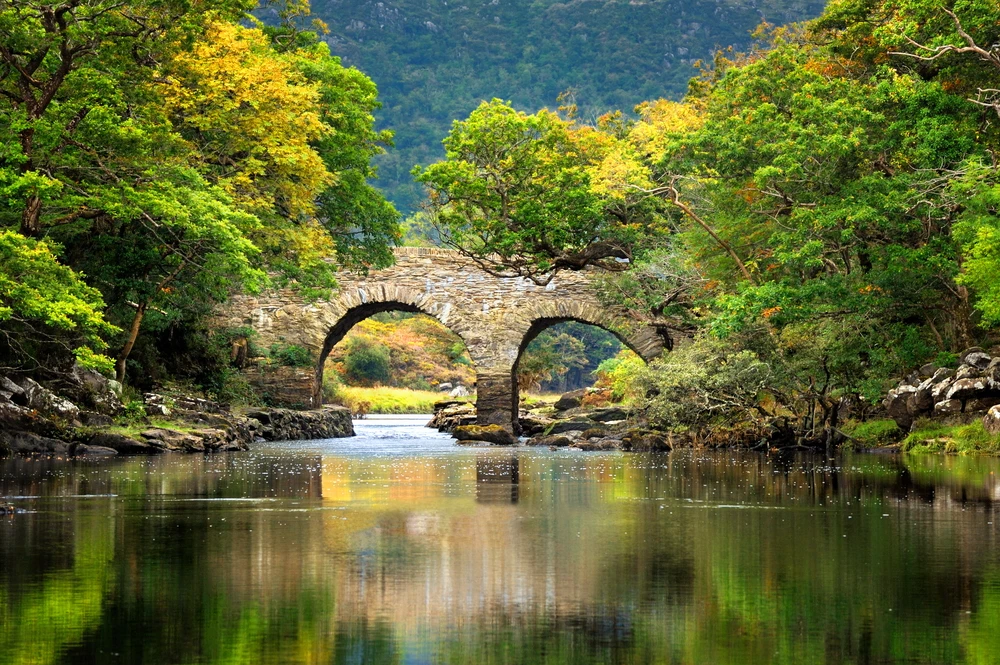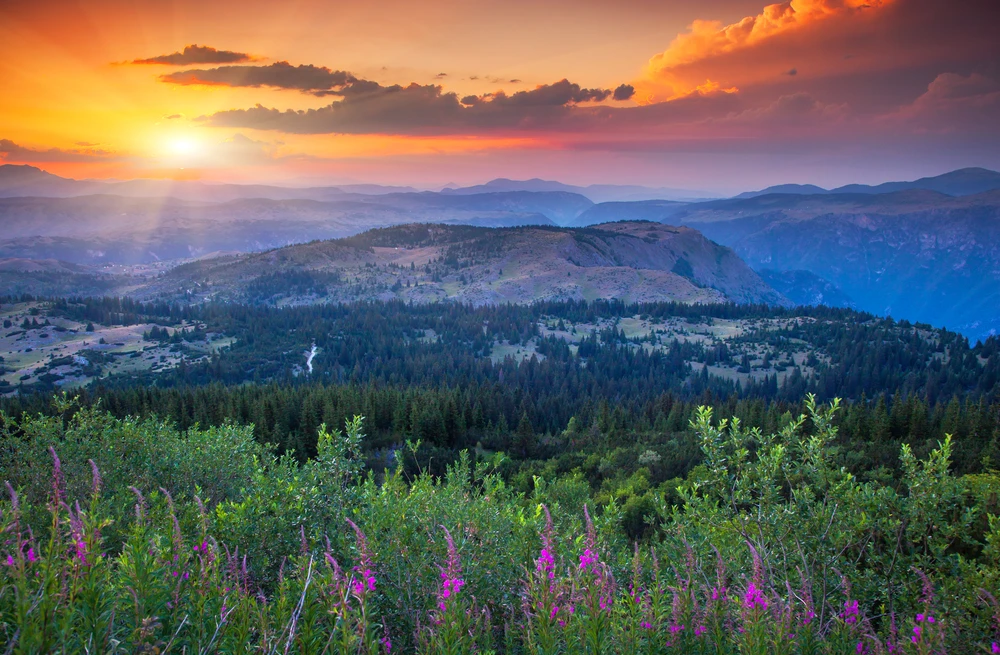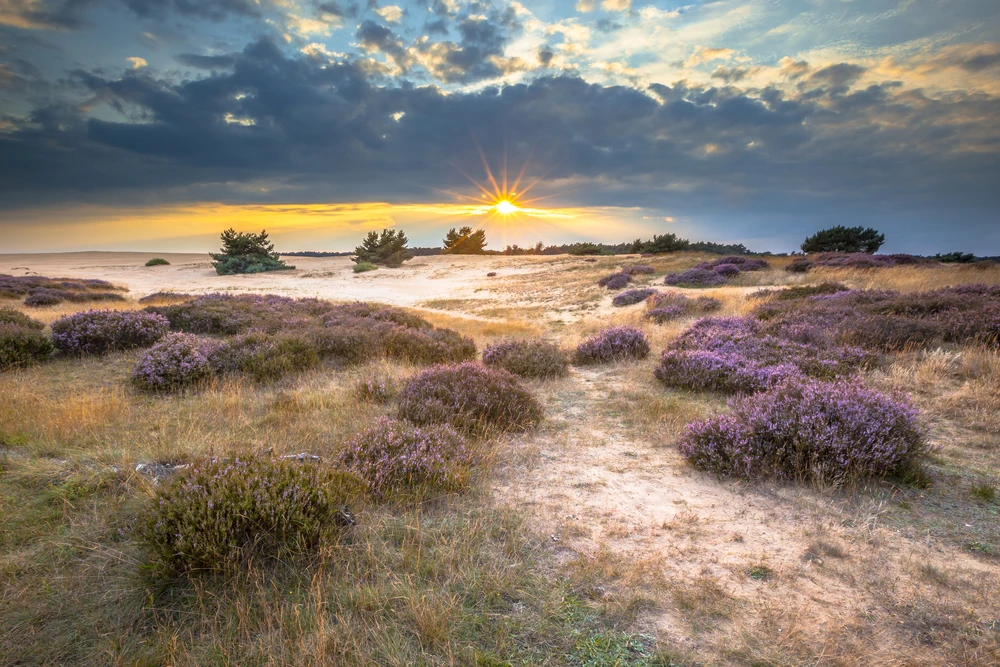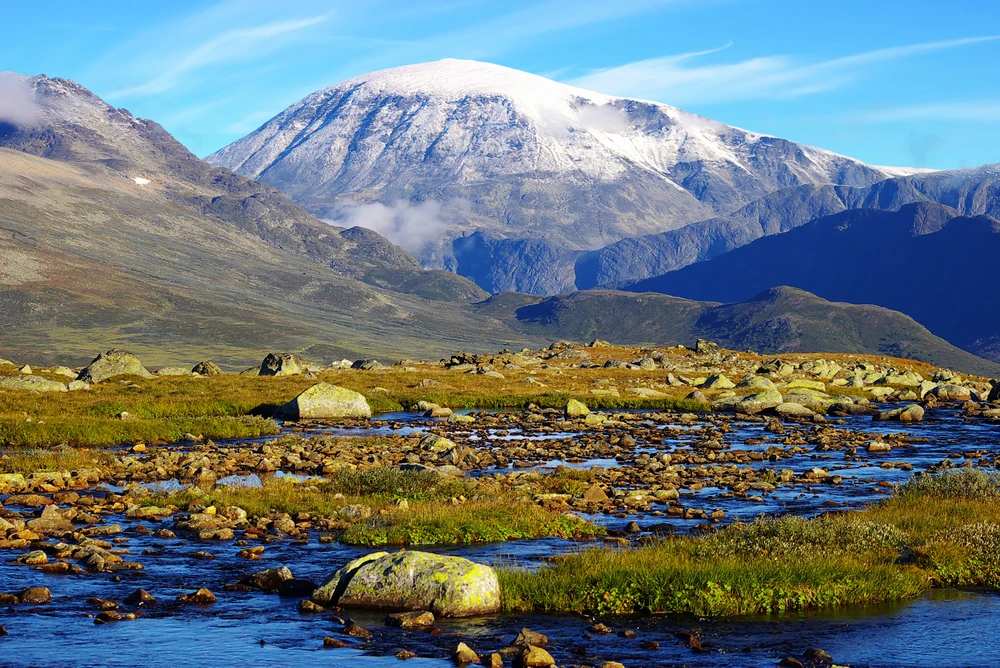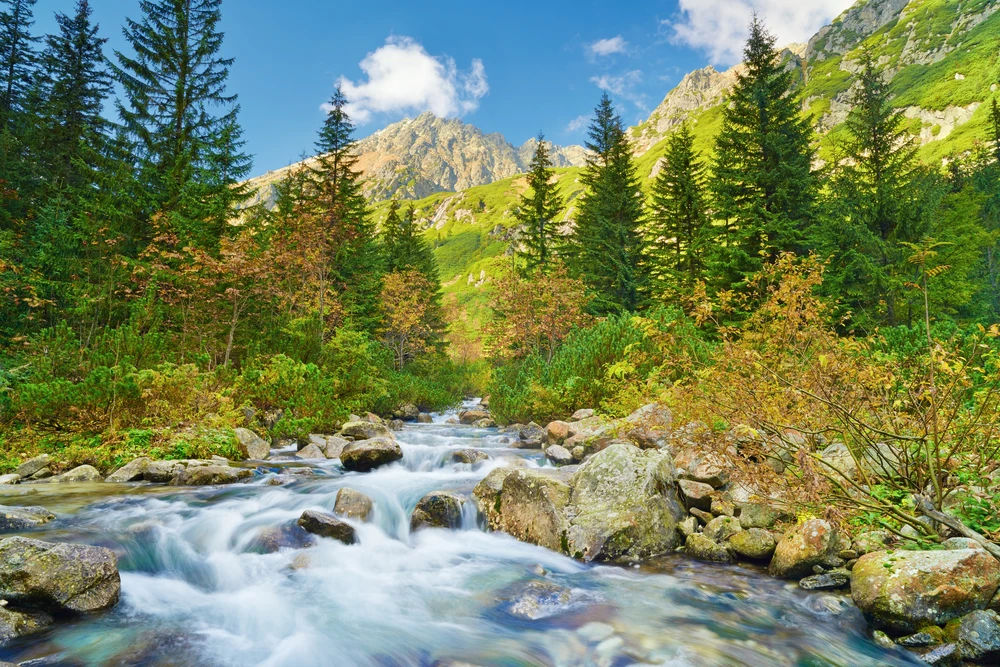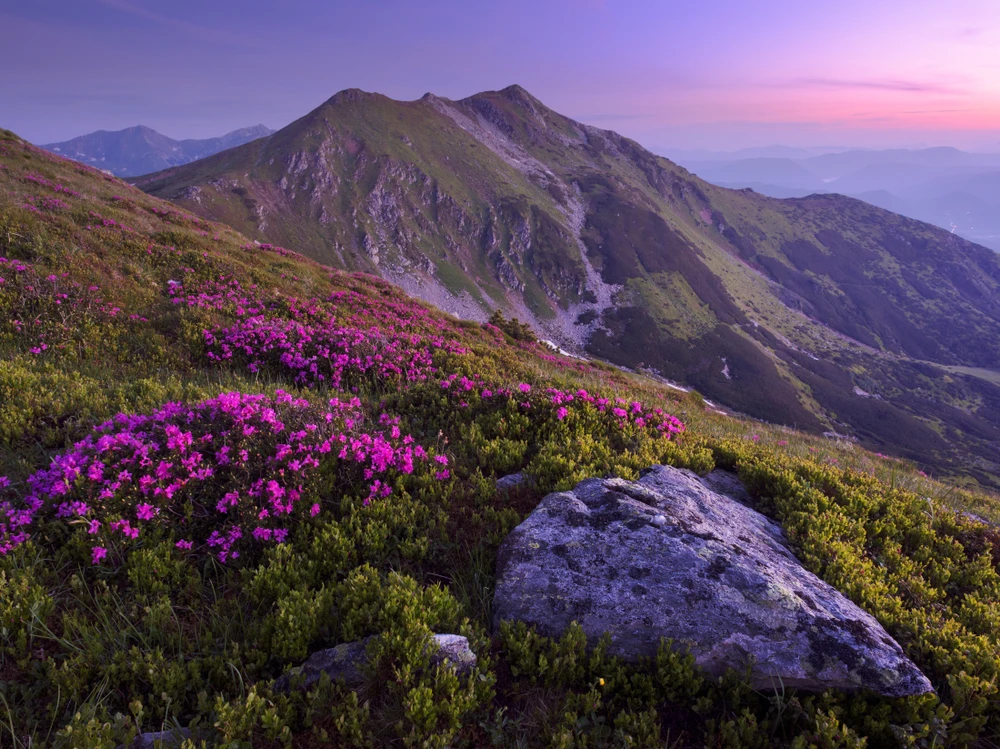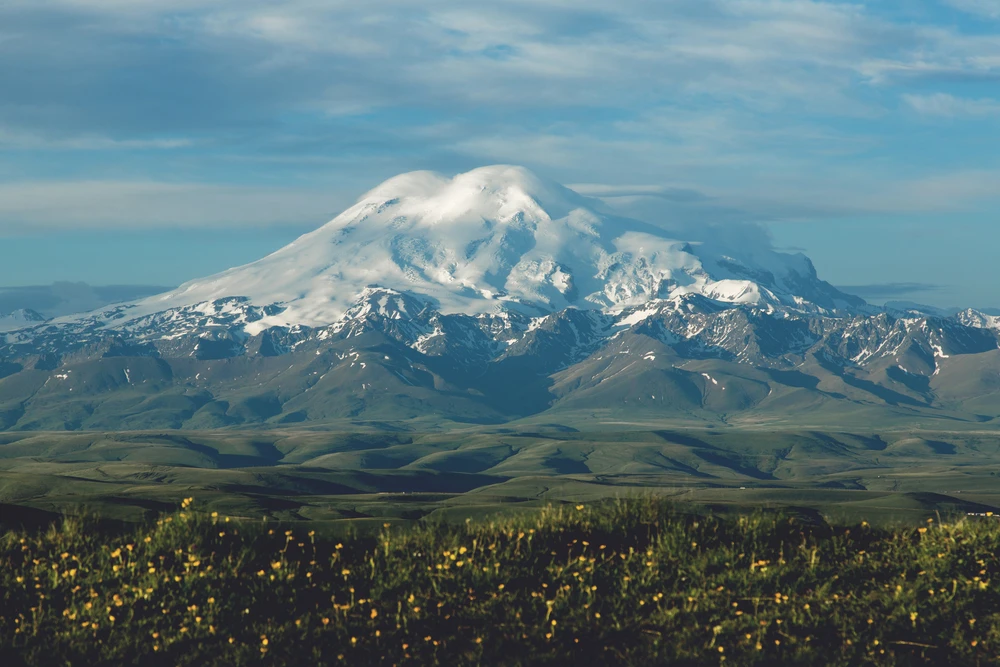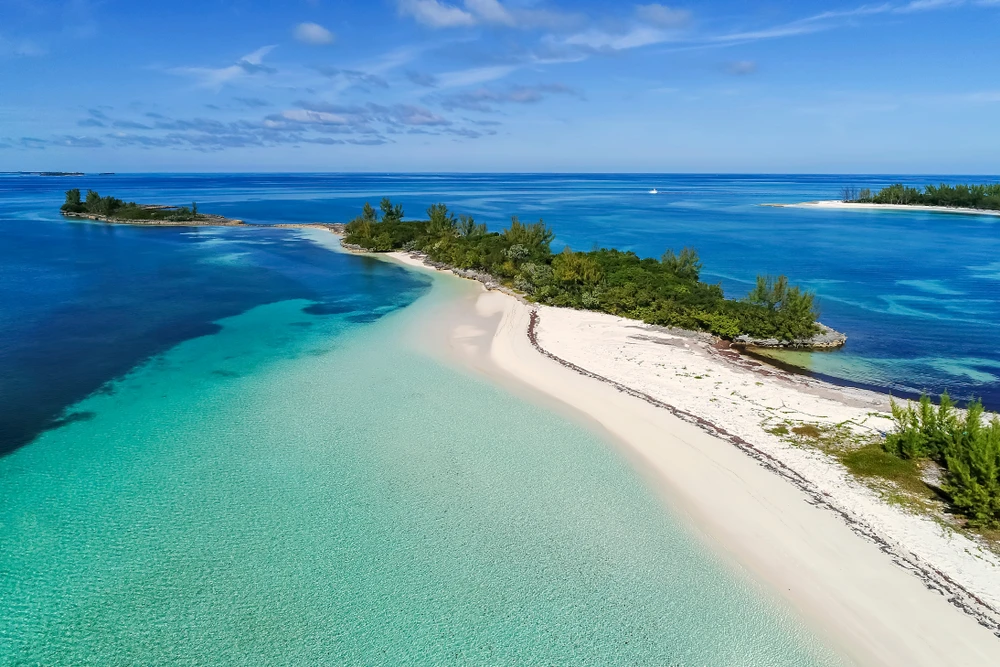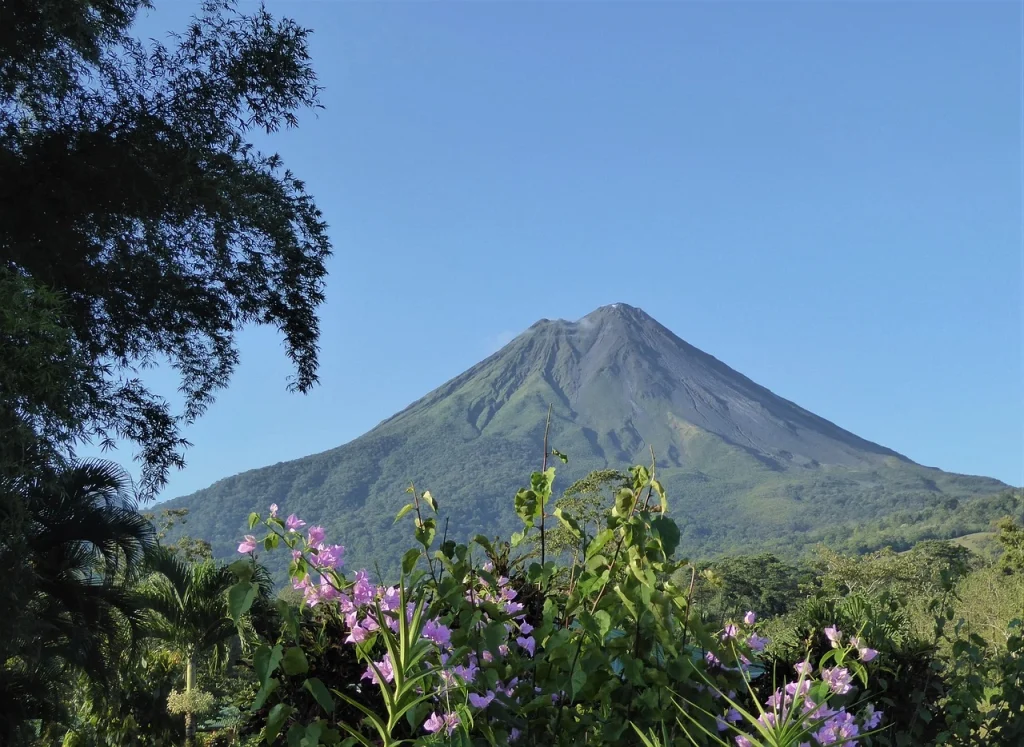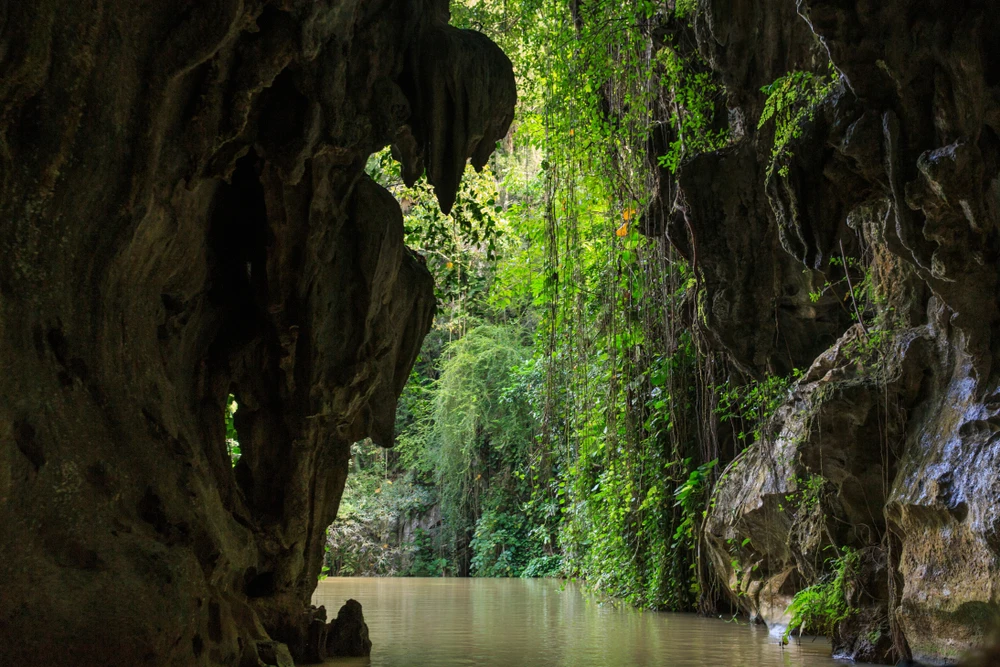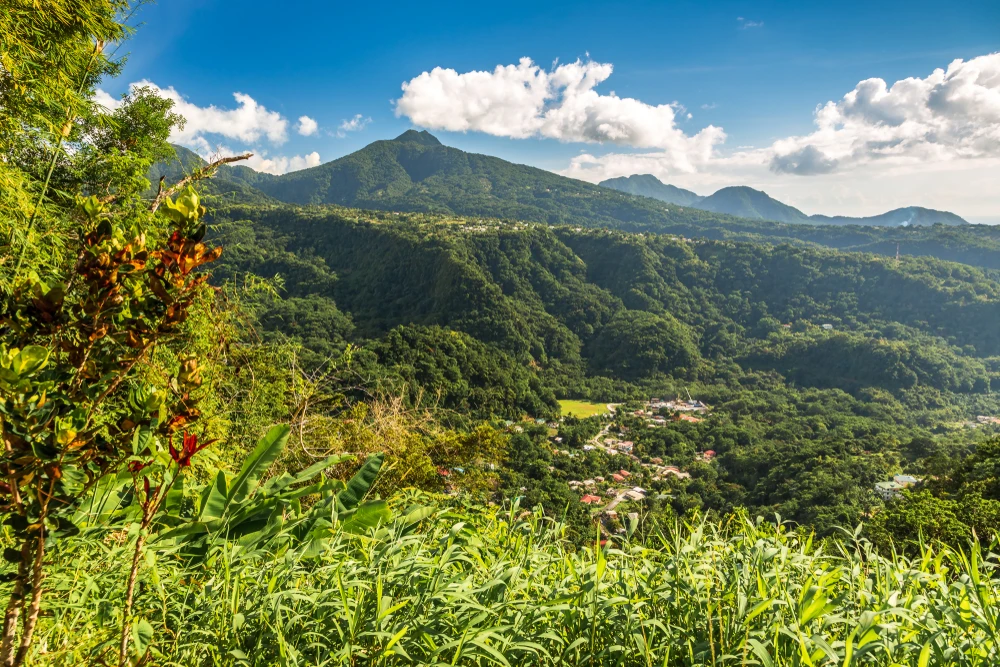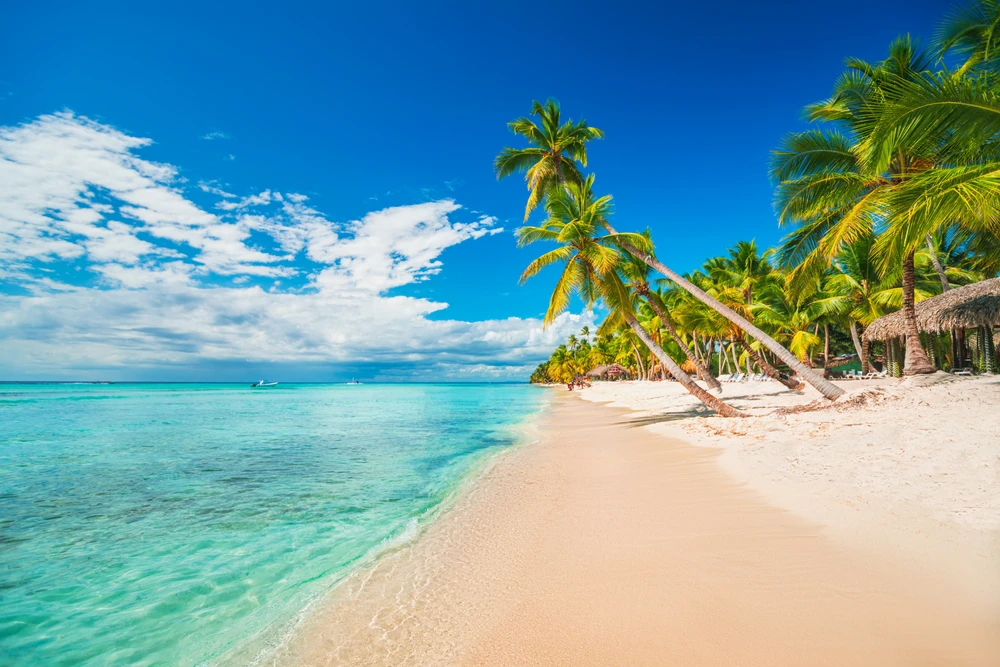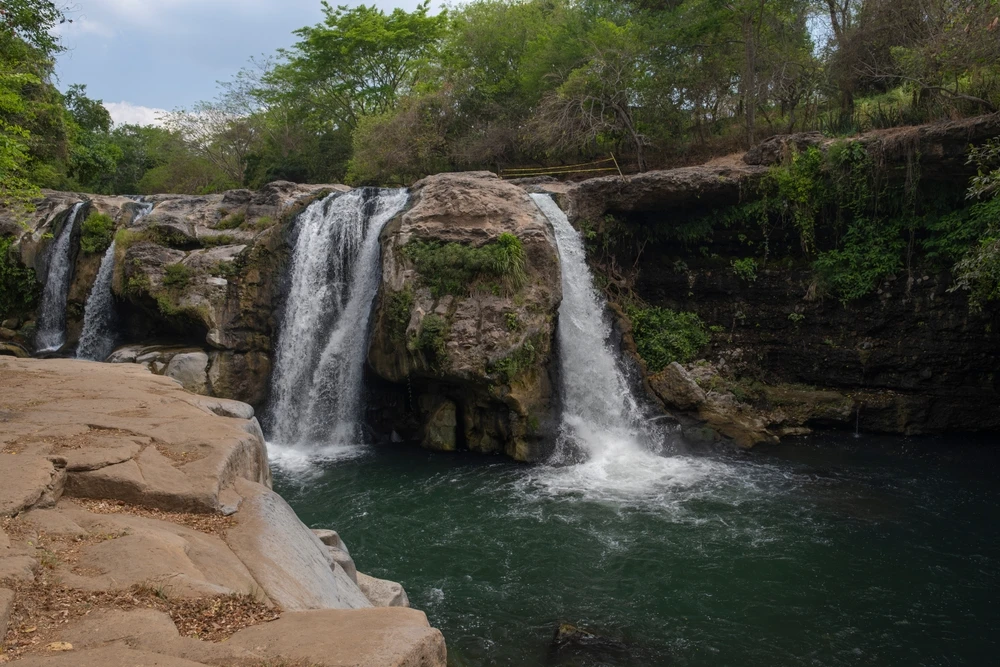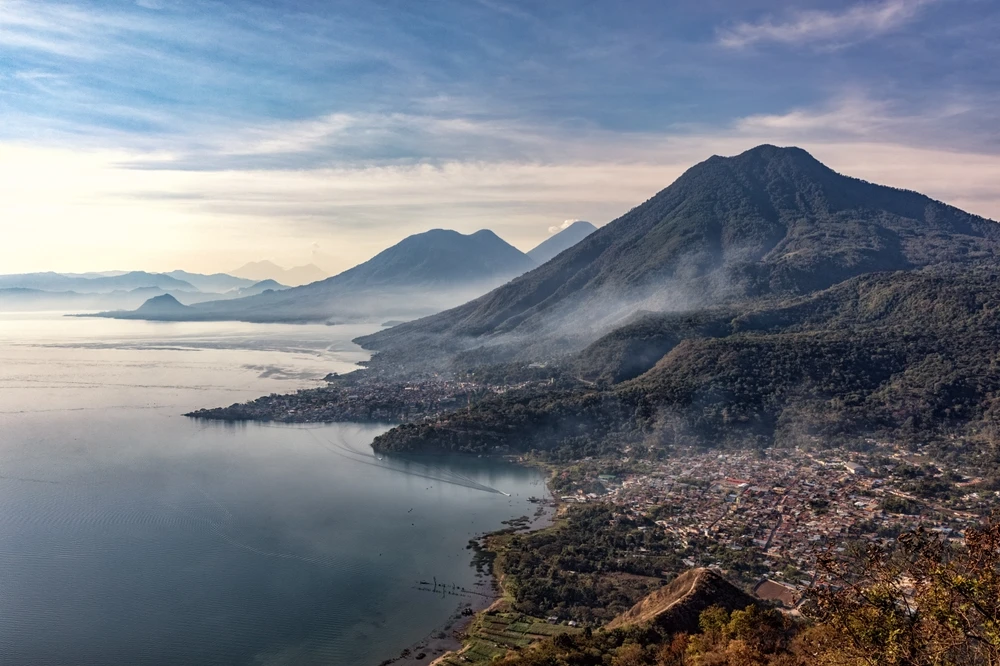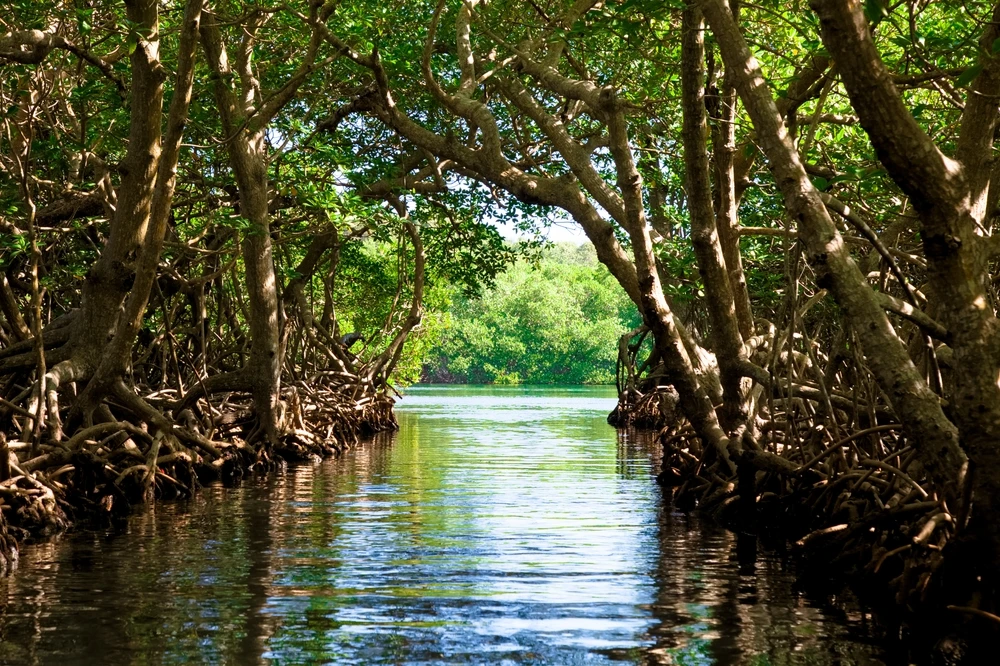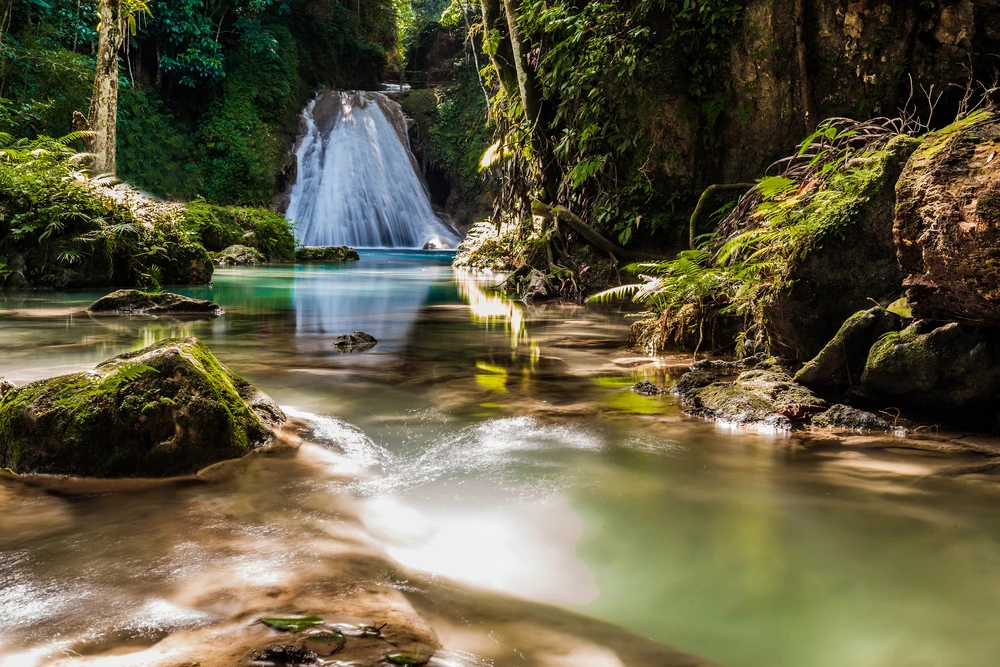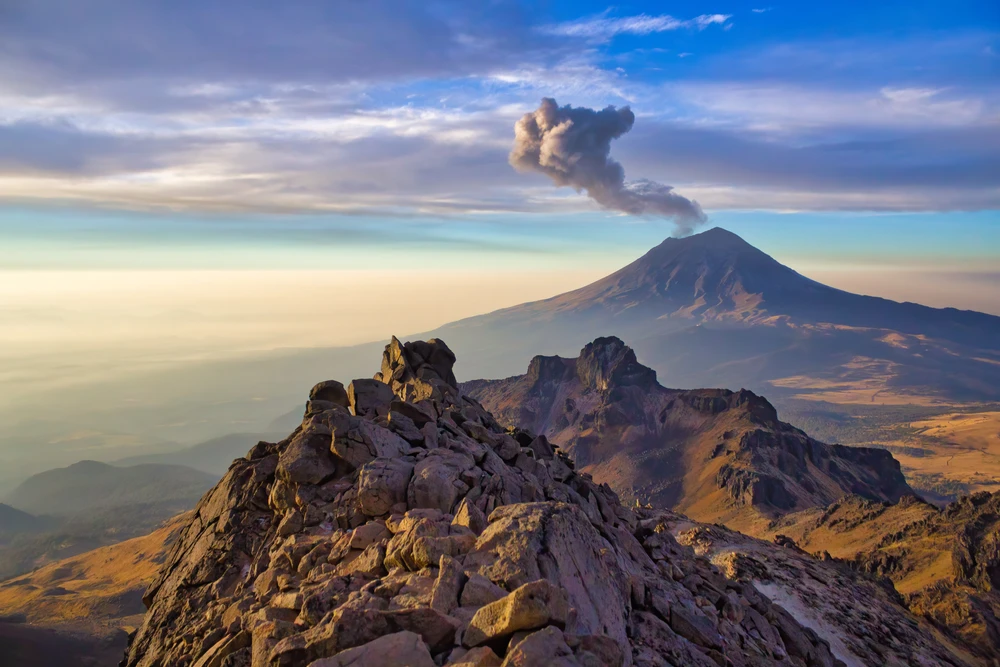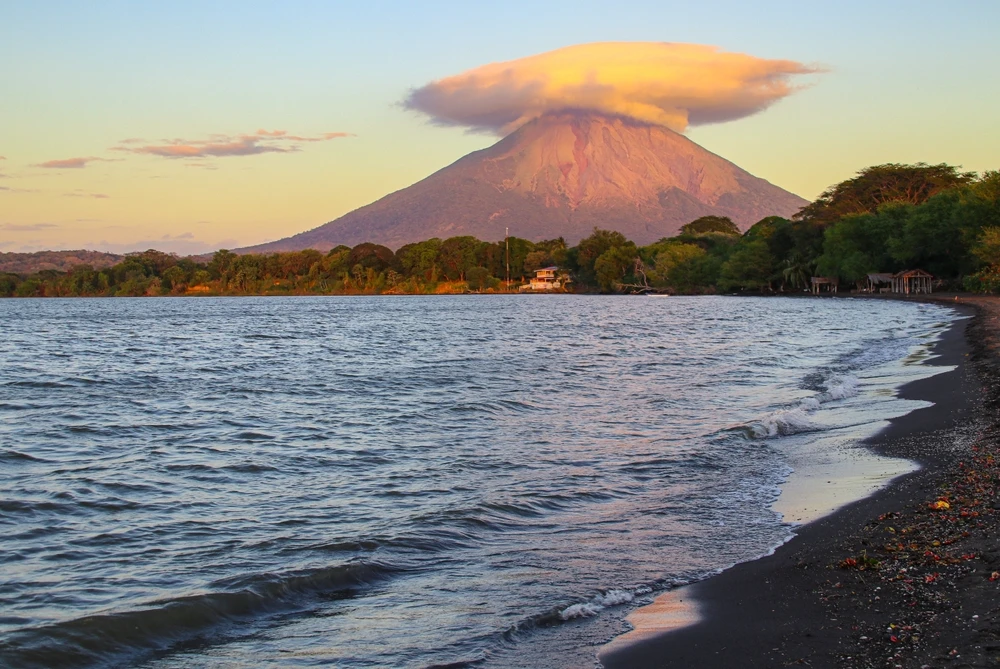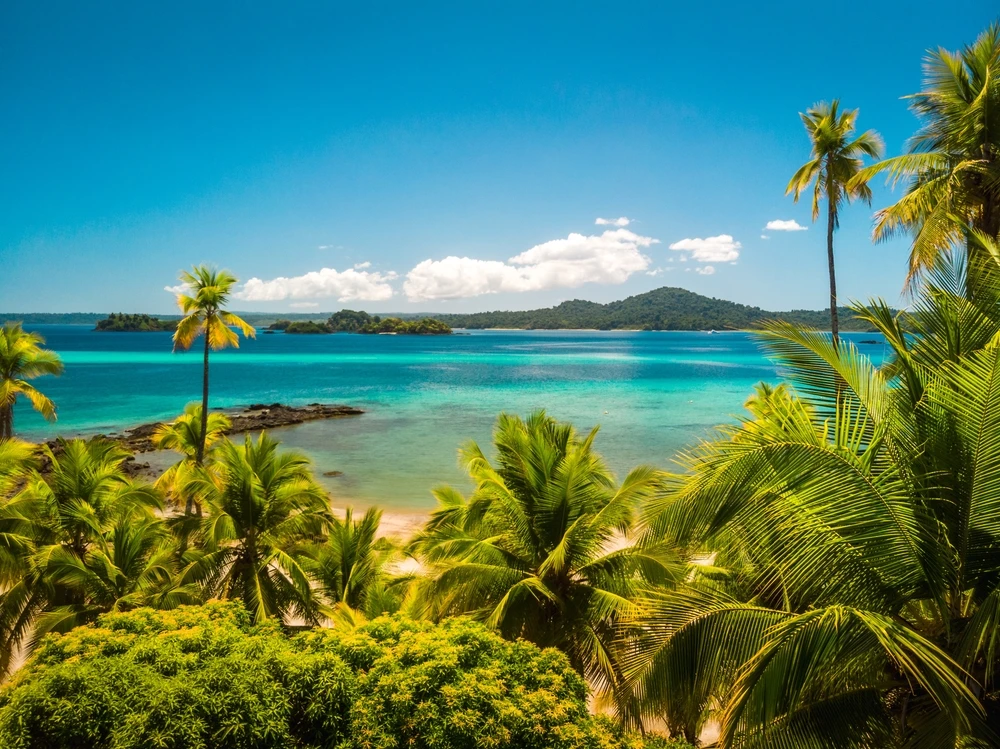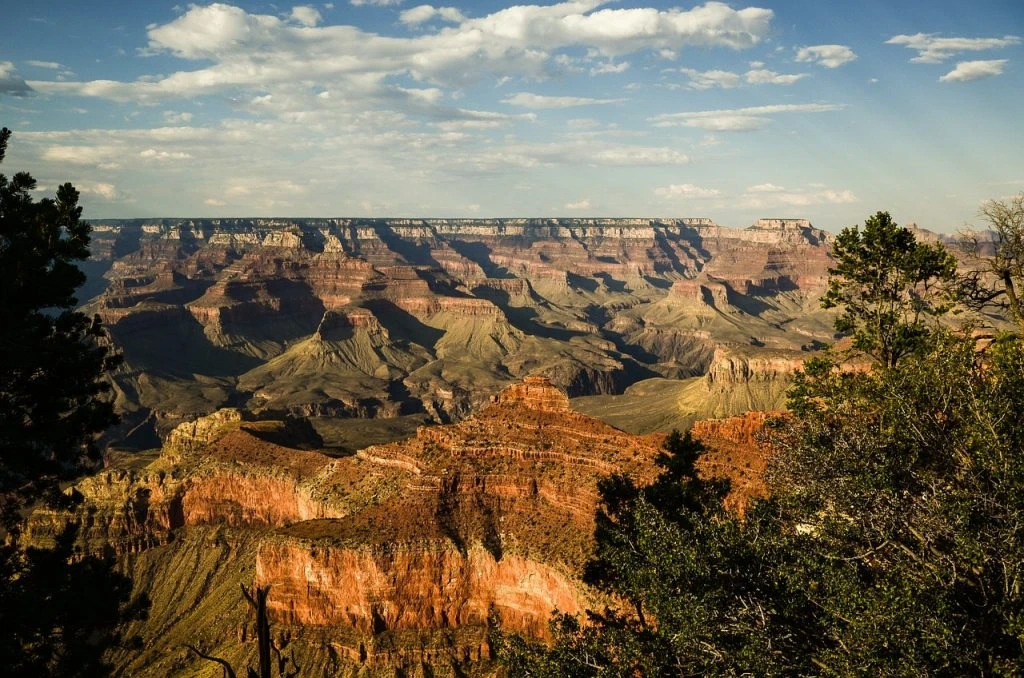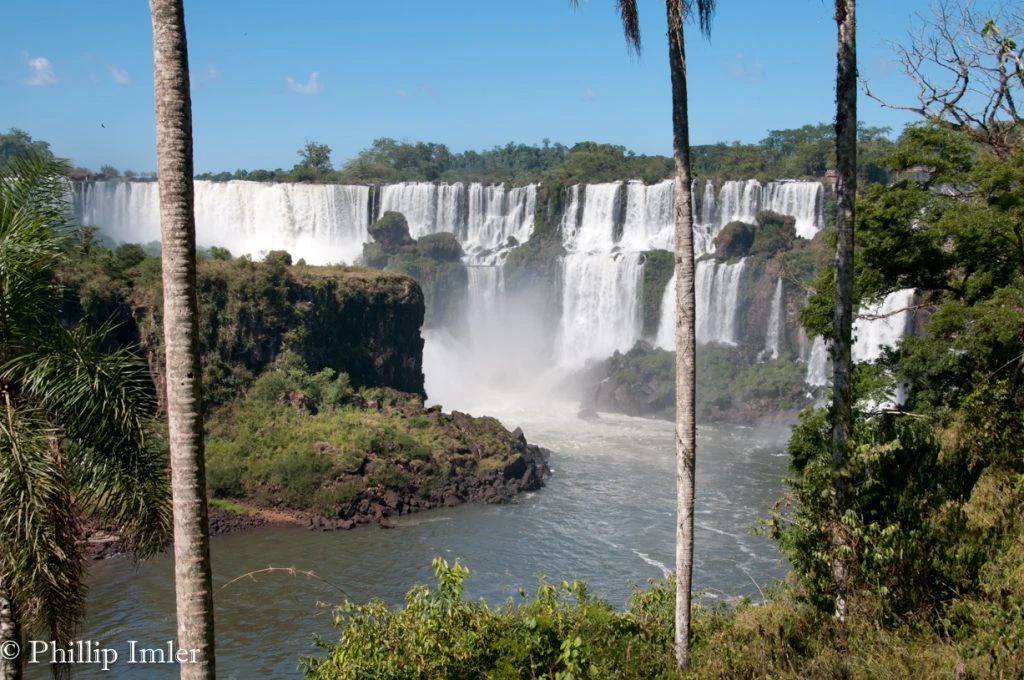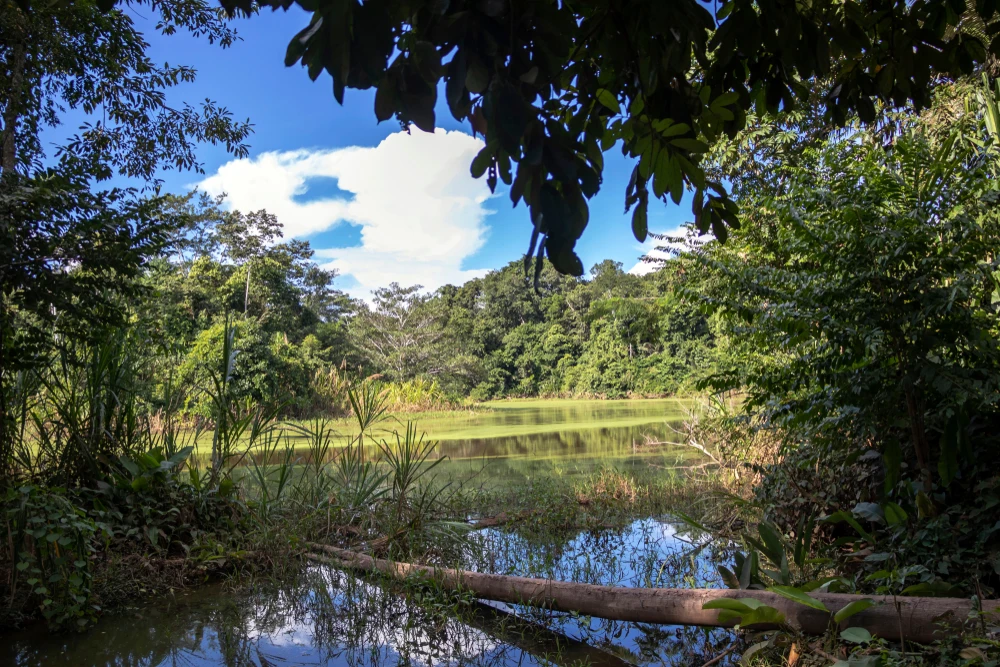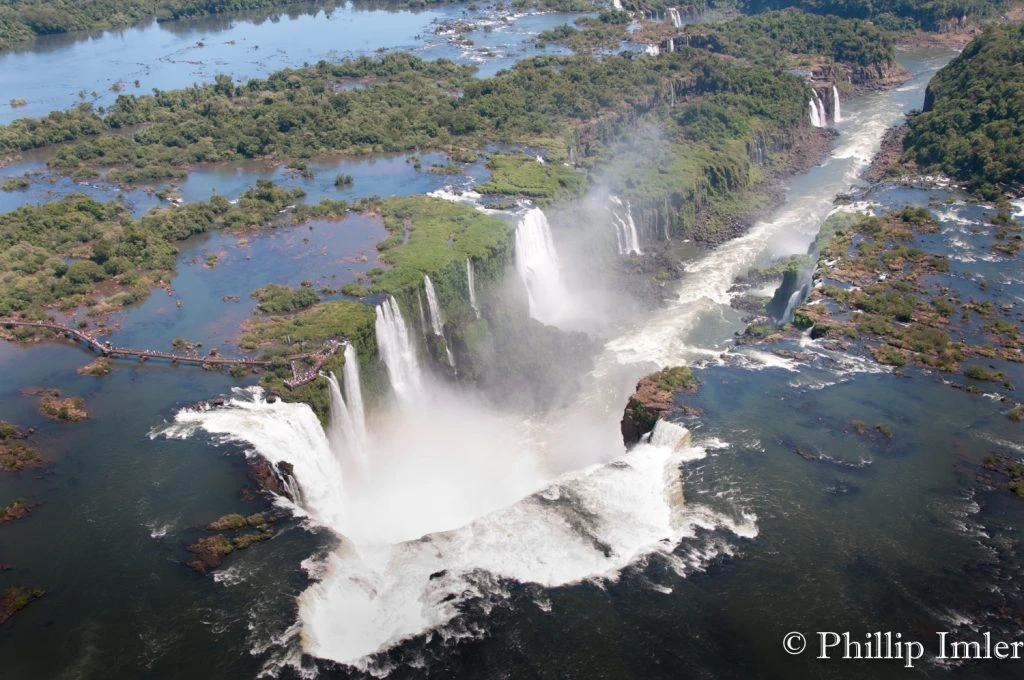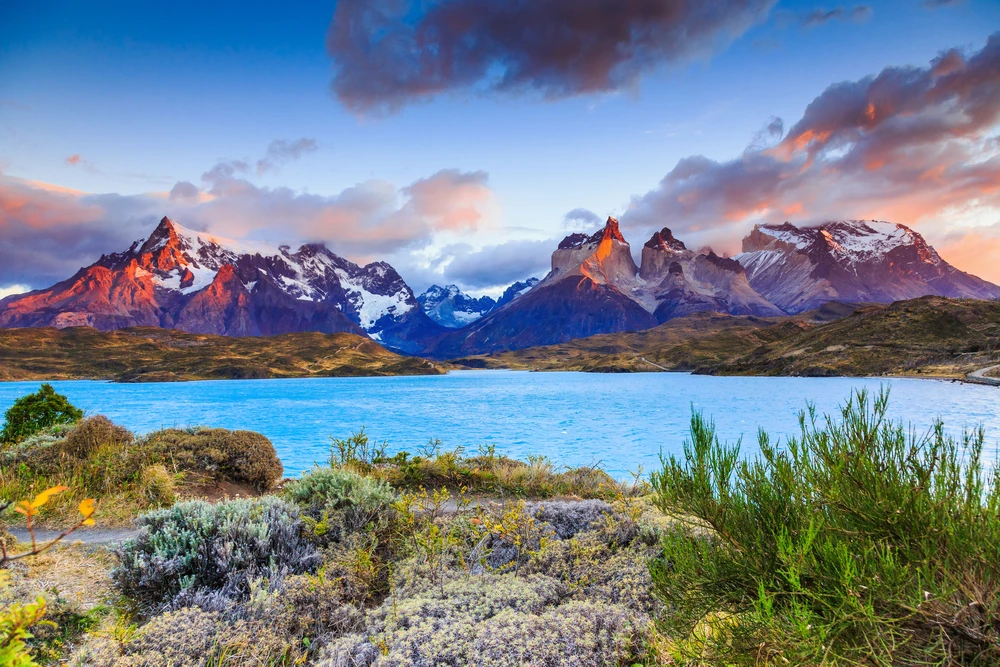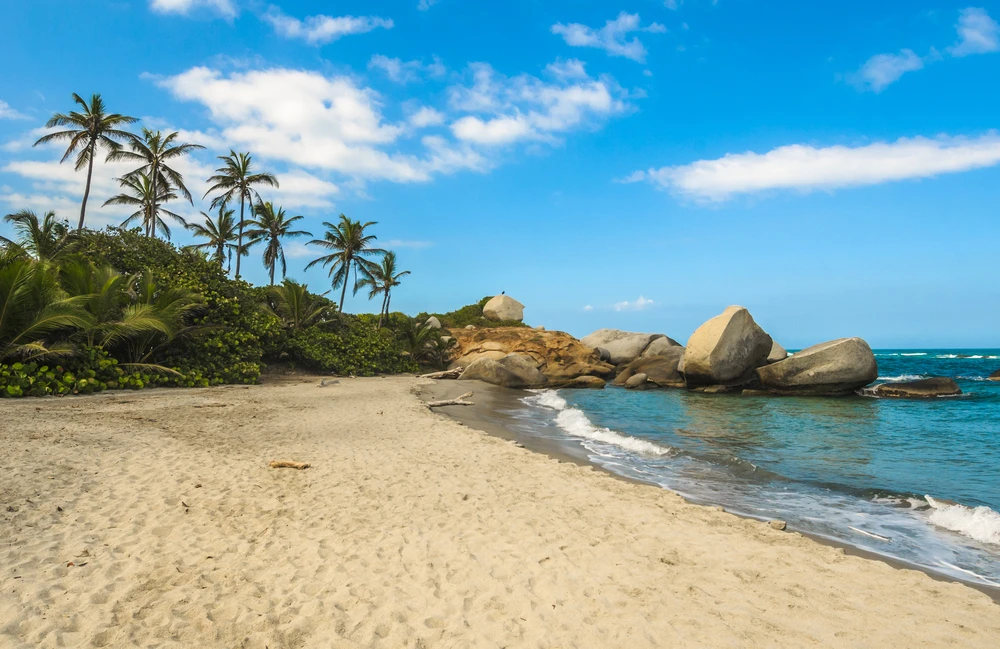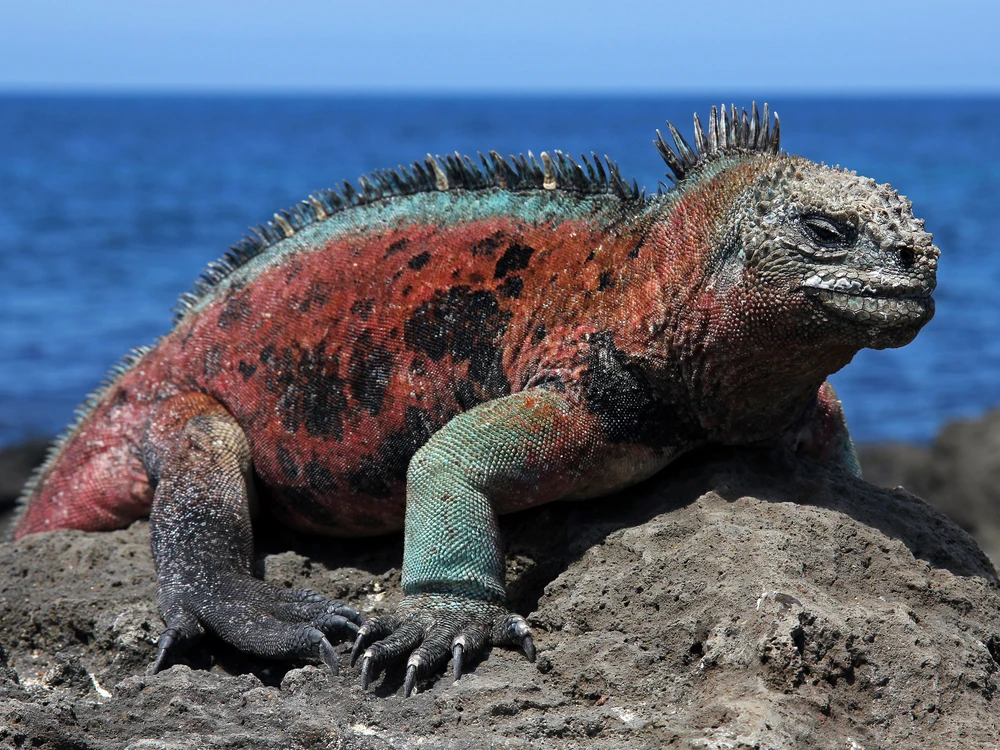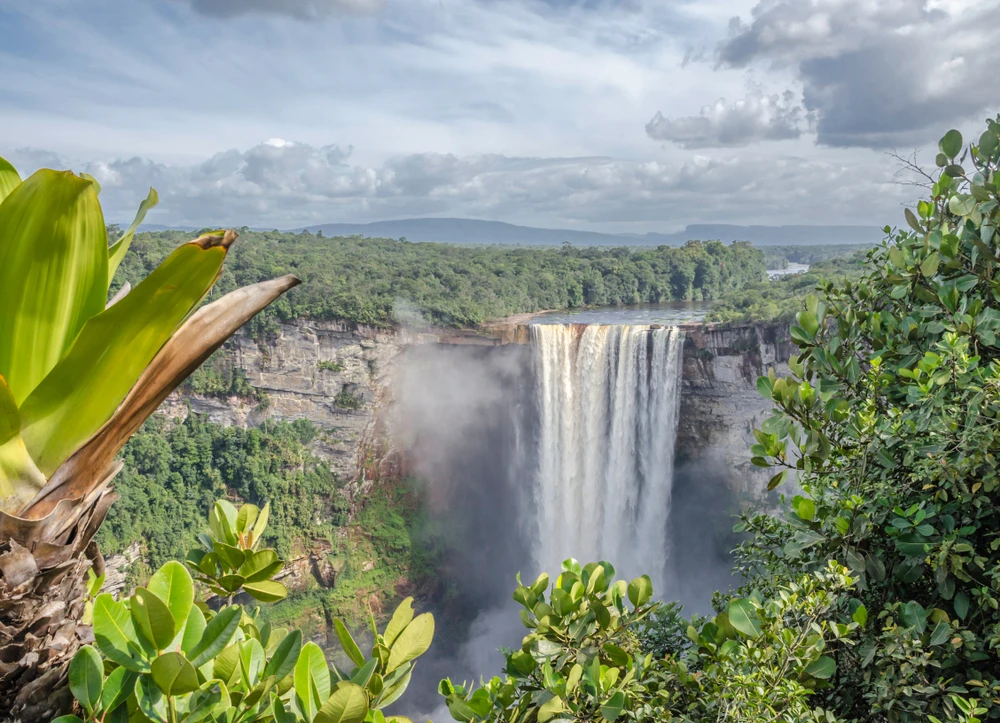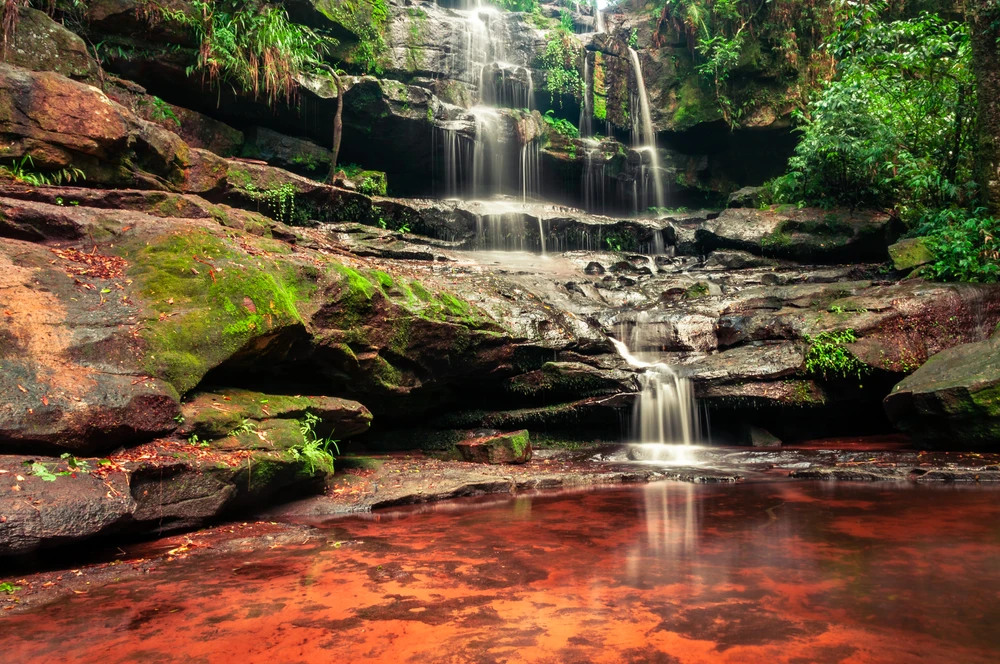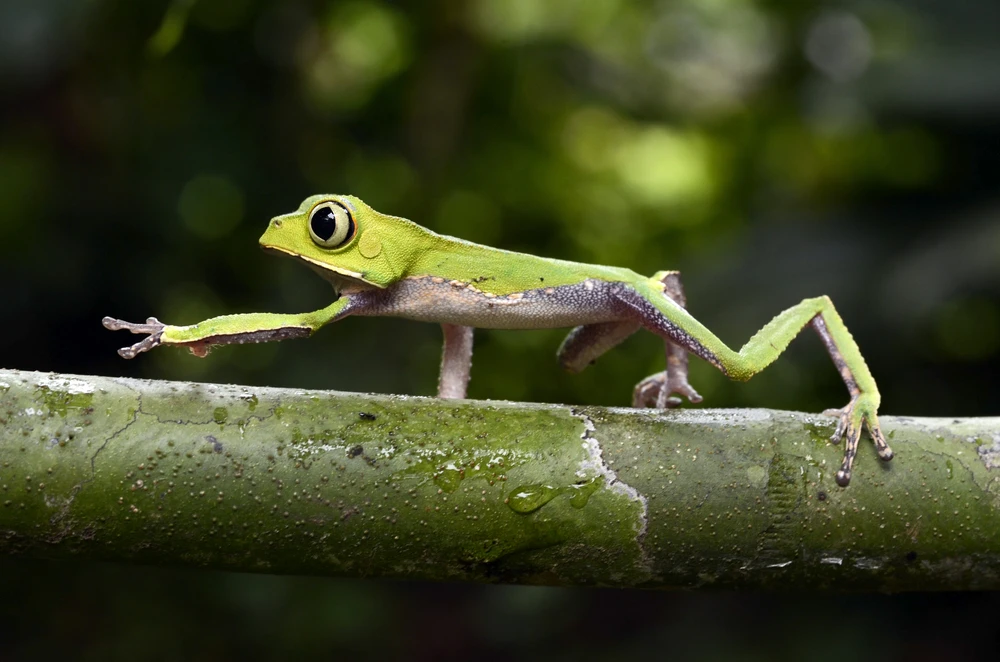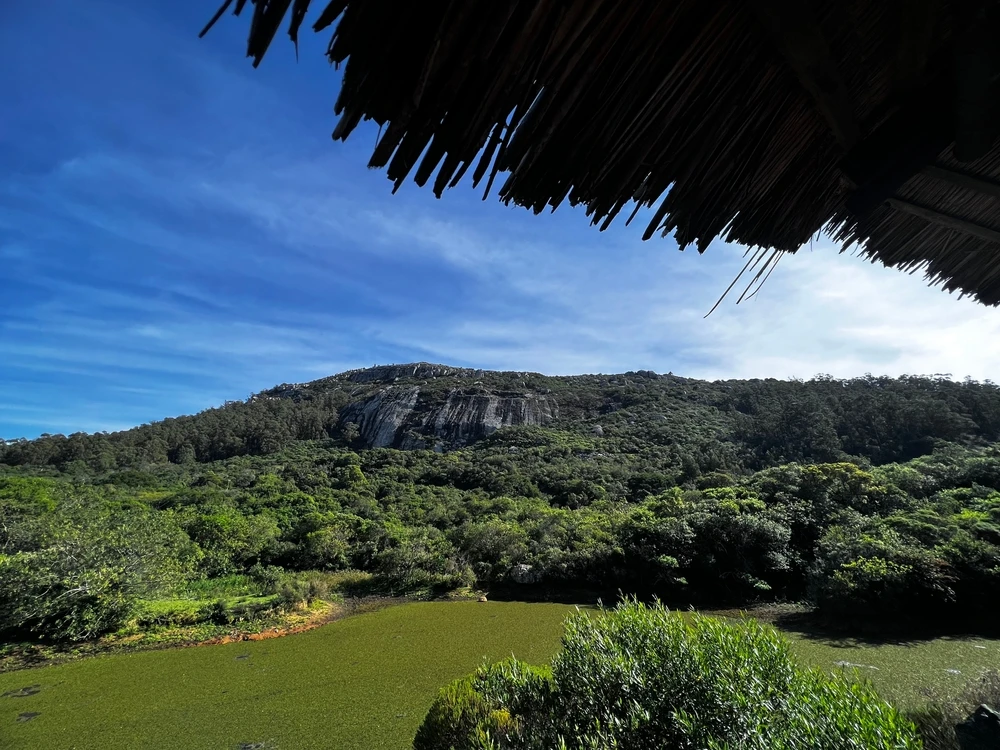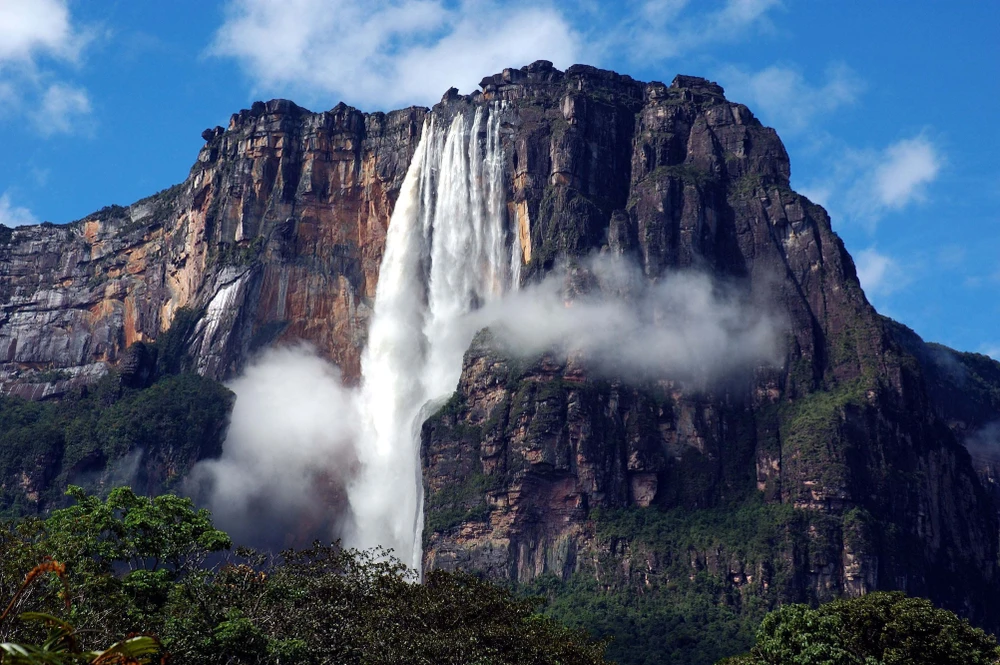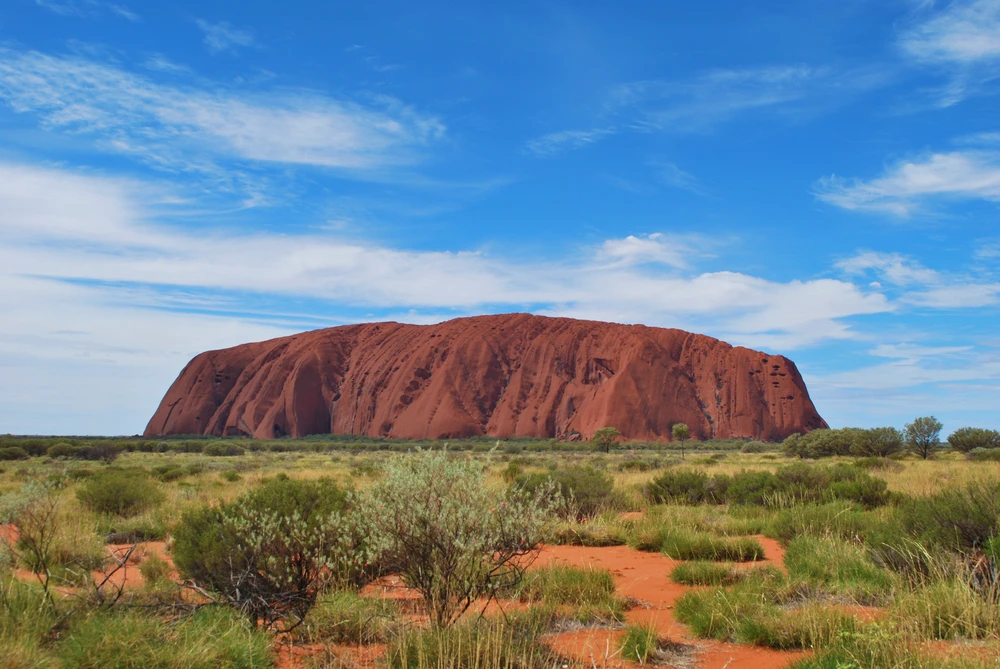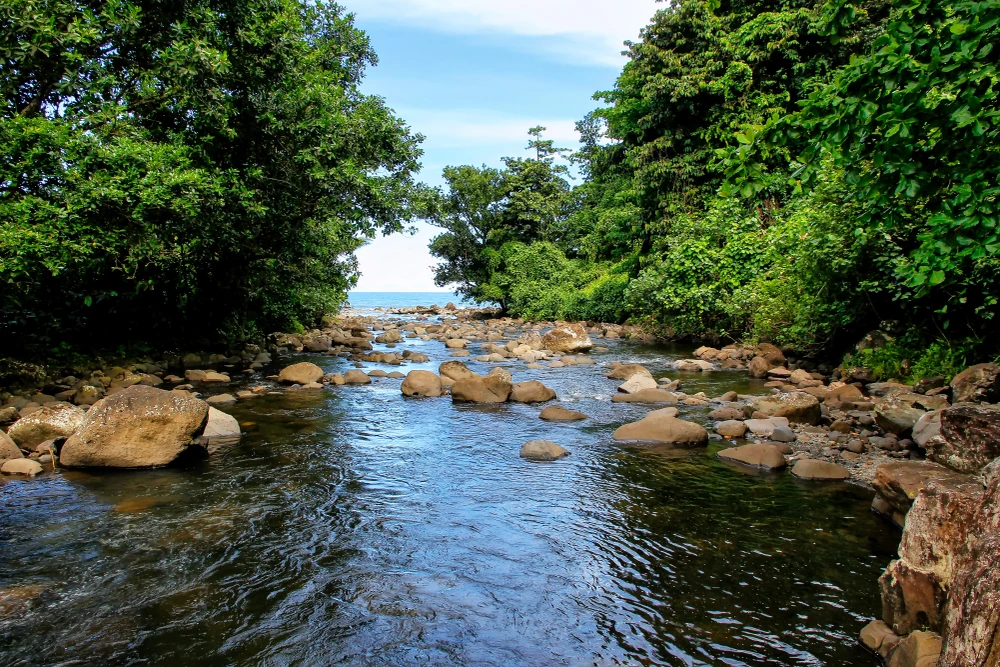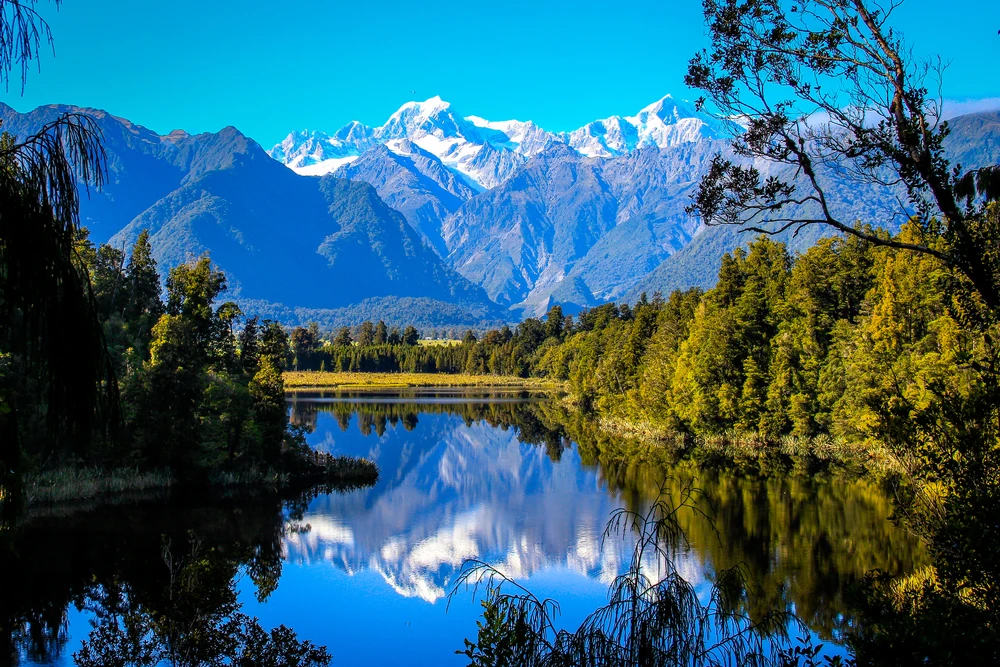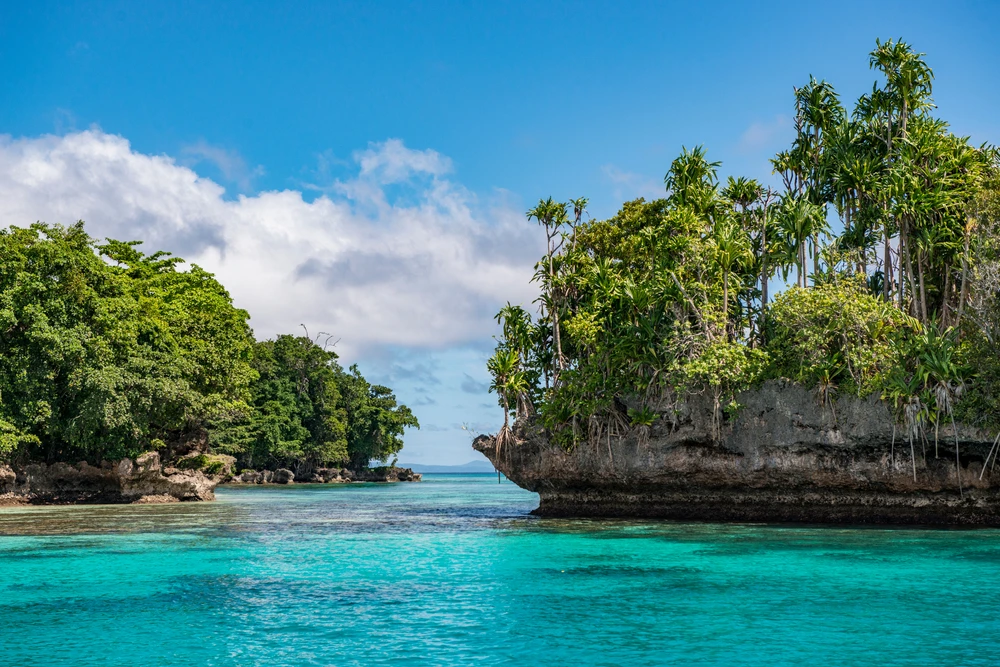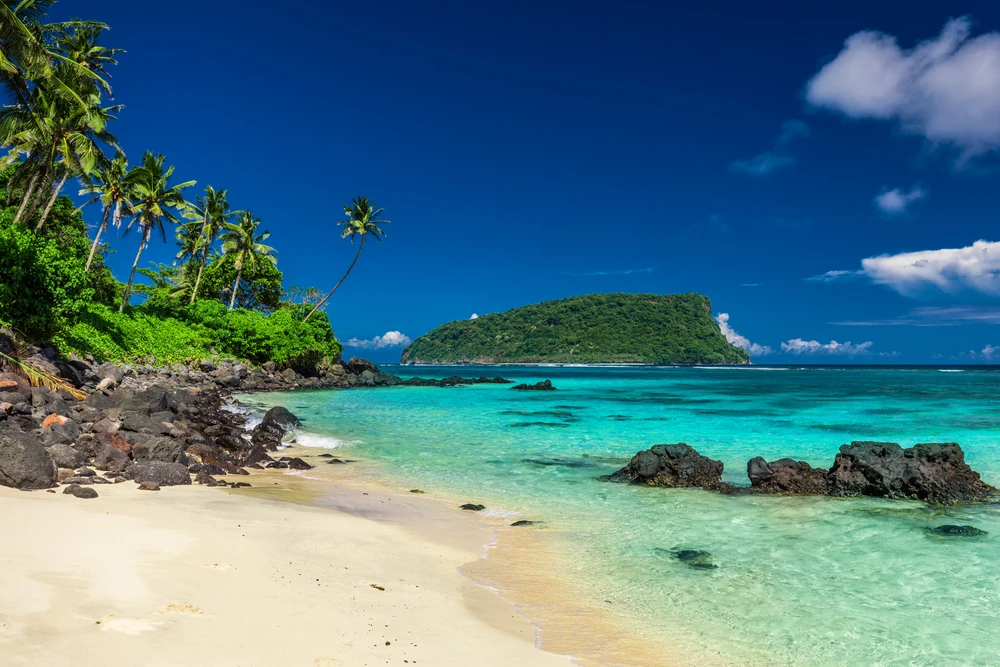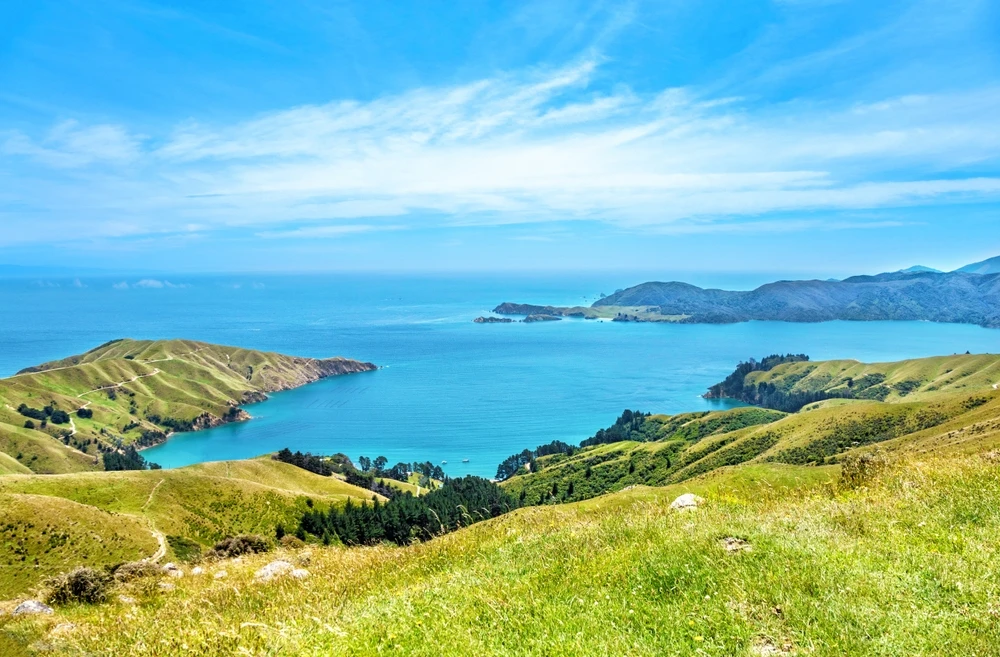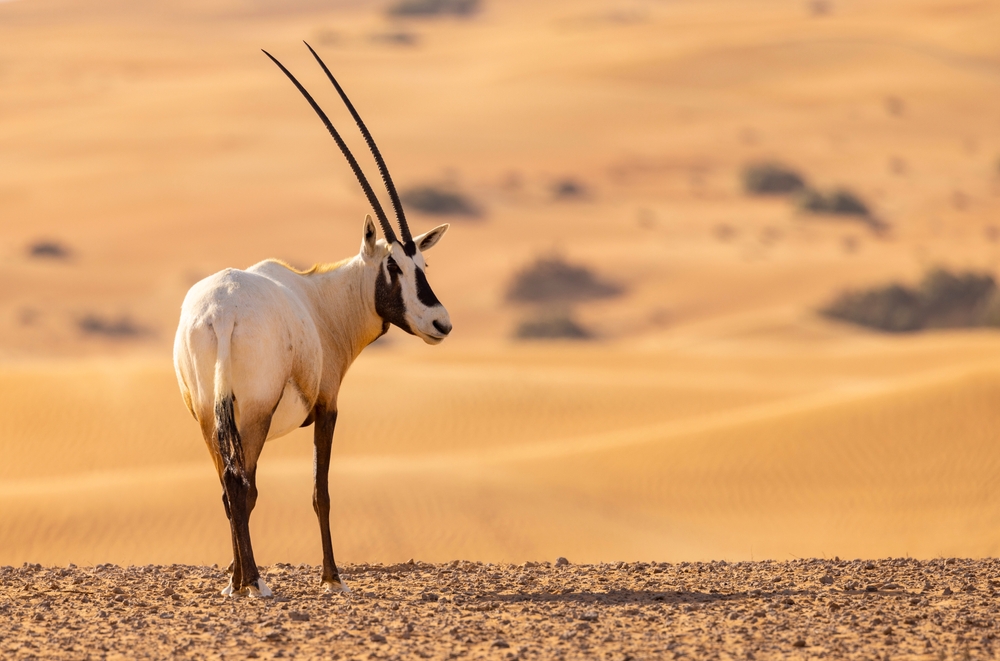Qatar, a captivating nation on the Arabian Peninsula, offers a unique glimpse into desert ecosystems, coastal habitats, and rich biodiversity despite its small size and arid climate. The country has taken significant strides to preserve its natural heritage, with Umm Tais National Park standing out as its recognized national park. This park, alongside other conservation efforts, highlights Qatar’s commitment to maintaining its ecological treasures.
Umm Tais National Park, located on the northeastern coast, is a haven of biodiversity. It features serene mangrove forests, mudflats, and small islands, creating an ideal habitat for migratory birds, marine life, and coastal flora. The park serves as a critical stopover point for migratory birds, such as flamingos and herons, and provides essential breeding grounds for marine species like fish and crabs. Visitors can enjoy the tranquil natural beauty of the park, engaging in activities like kayaking through the mangroves or observing the abundant wildlife.
Qatar’s ecological diversity extends beyond Umm Tais National Park to include the Khor Al Adaid (Inland Sea), a UNESCO-recognized natural reserve that is often considered a national treasure. This extraordinary landscape, where rolling sand dunes meet the sea, offers a unique ecosystem home to species such as sand gazelles and ospreys. Accessible only by off-road vehicles, Khor Al Adaid is a popular destination for adventurers seeking to experience its stunning and remote environment.
Another key site is Al Thakira Mangroves, a verdant expanse of greenery in contrast to Qatar’s arid deserts. These mangroves are vital for stabilizing coastlines and supporting marine life, as well as providing a sanctuary for migratory birds like the graceful pink flamingo. Conservation efforts have been focused on protecting these fragile ecosystems from the pressures of urbanization and climate change.
Qatar’s conservation journey has seen remarkable successes, such as the reintroduction of the Arabian oryx, a species once extinct in the wild. Today, thriving populations are carefully managed in protected reserves, a testament to the nation’s dedication to wildlife preservation. However, challenges remain, including balancing rapid urban development with the need to protect natural habitats and addressing the effects of climate change on its ecosystems.
As Qatar continues to evolve, the designation and development of protected areas like Umm Tais National Park and the prioritization of sustainable practices ensure that its natural heritage is preserved for future generations. These efforts, combined with the nation’s rich cultural history, make Qatar a unique and increasingly significant destination for nature enthusiasts.


